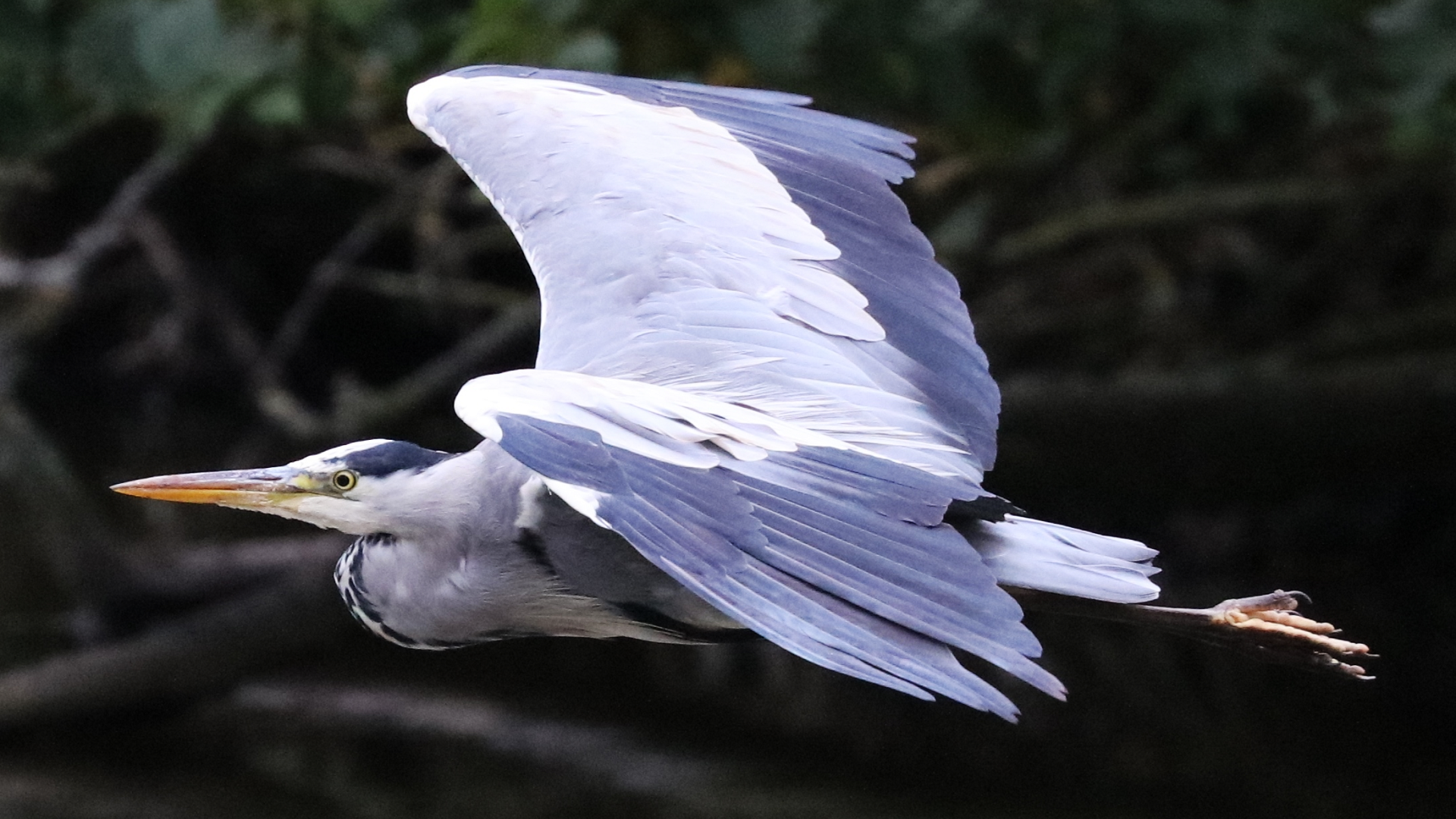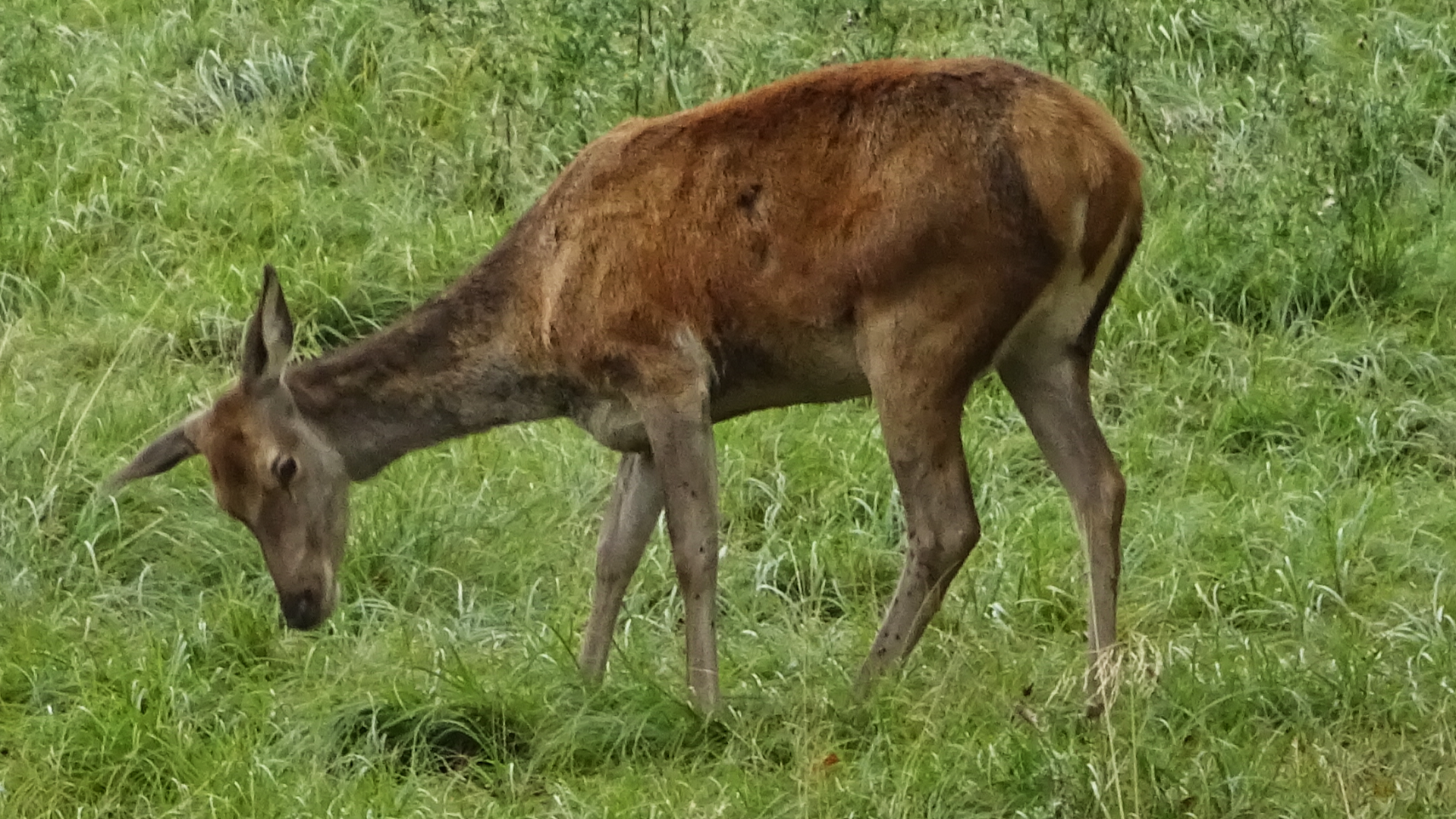SEPTEMBER 2024
VAPOURER MOTH
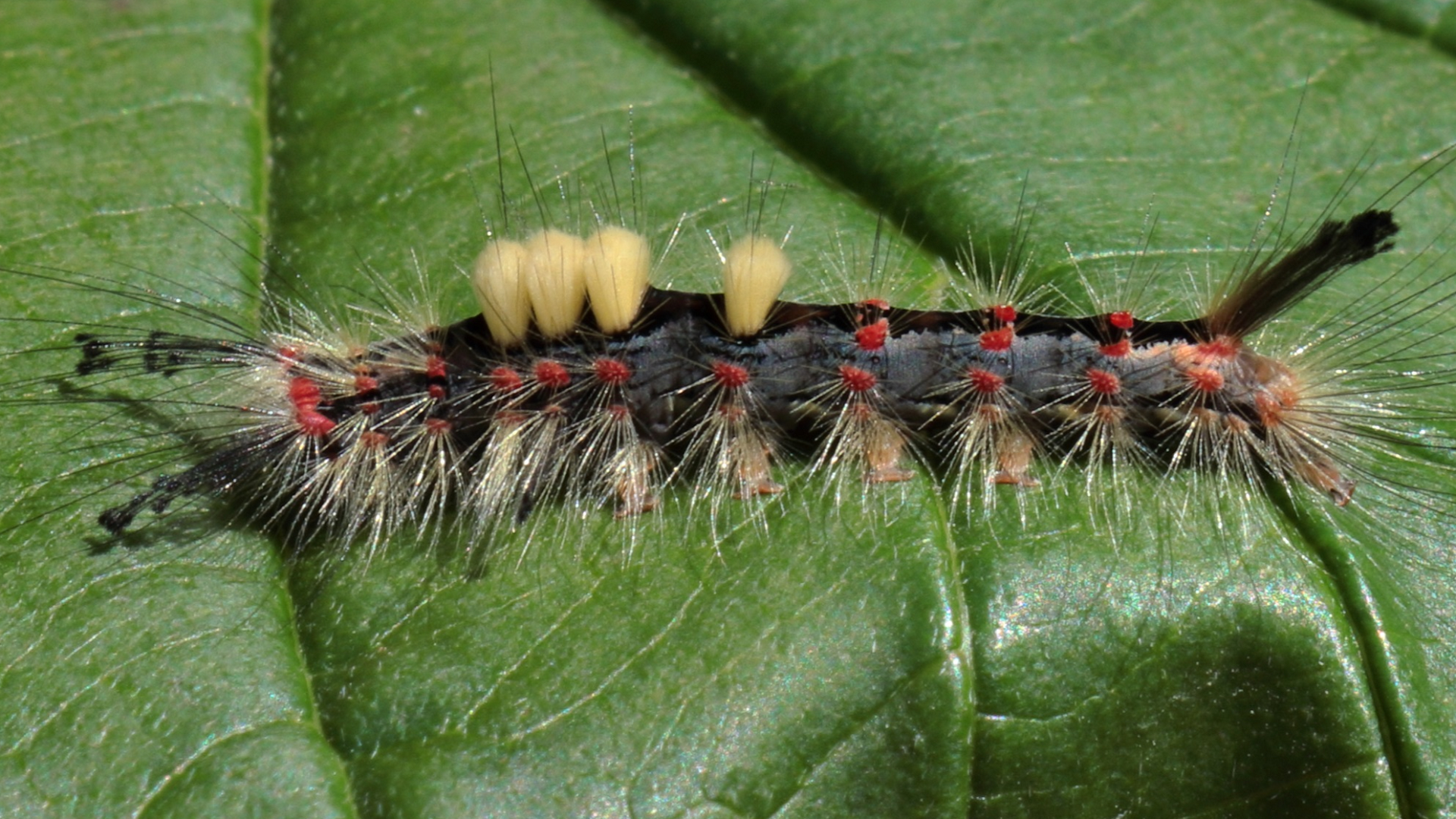
© Mike Rumble TQ4793 01/09/2024
Orgyia antiqua
Larvae of the Vapourer moth feed on a range of broadleaved trees and shrubs. This species overwinters as an egg on the maternal cocoon with a mass of other eggs.
KNOT GRASS
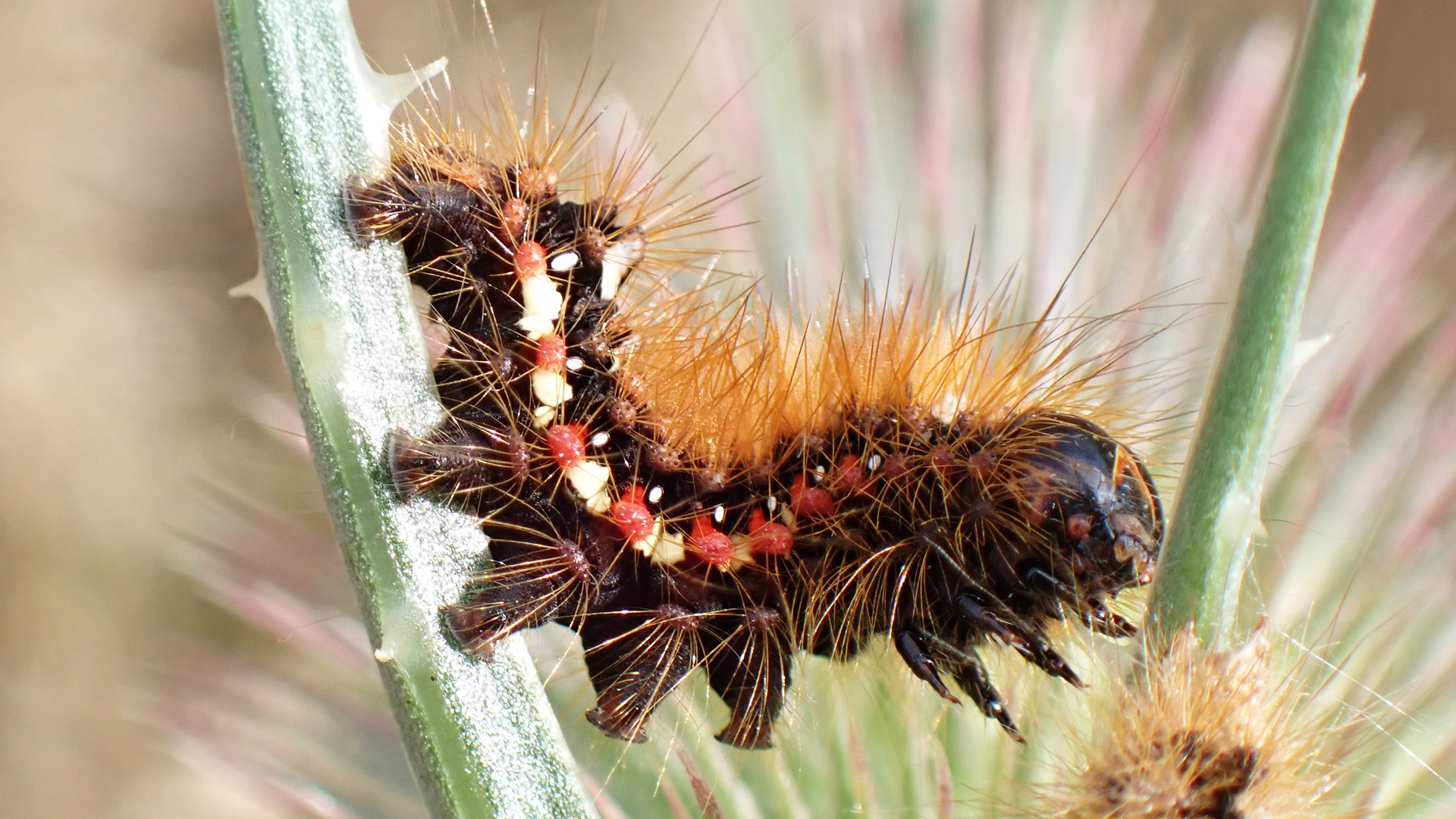
© Raymond Small TQ4792 13/09/2024
Acronicta rumicis
The hairy larvae of the Knot Grass moth feed on herbaceous and woody plants. This species pupates on the ground and spends winter as a pupa.
PEBBLE HOOK-TIP
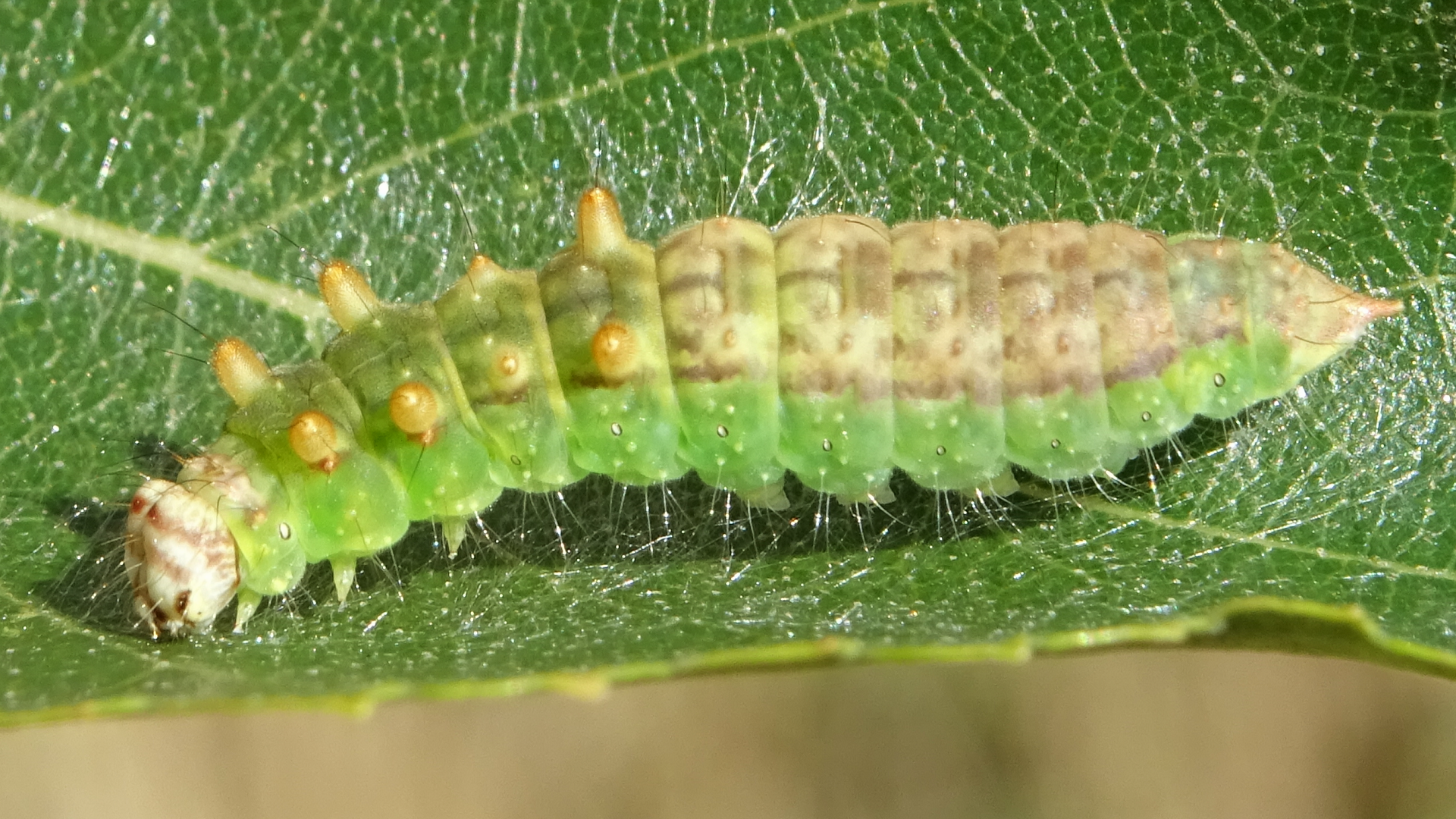
© Raymond Small TQ4793 16/09/2024
Drepana falcataria
Pebble Hook-tip moth larvae feed on birch trees.
RUSH VENEER
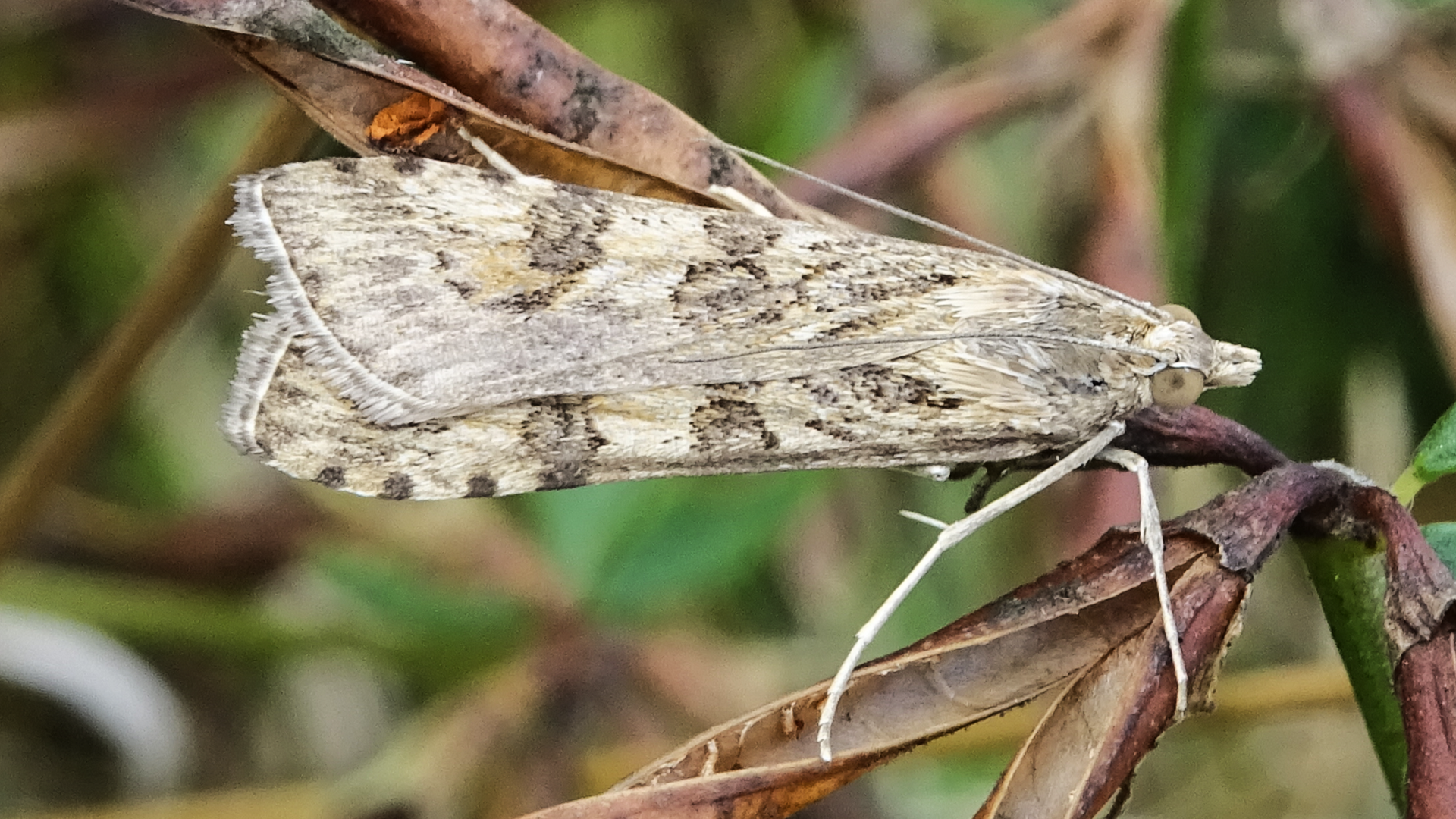
© Raymond Small TQ4792 06/09/2024
Nomophila noctuella
The Rush Veneer moth, a common and widespread immigrant, forms a very elongated and narrow shape when at rest. Its larvae feed on clover. This moth is usually seen from July until October.
GREEN-VEINED WHITE
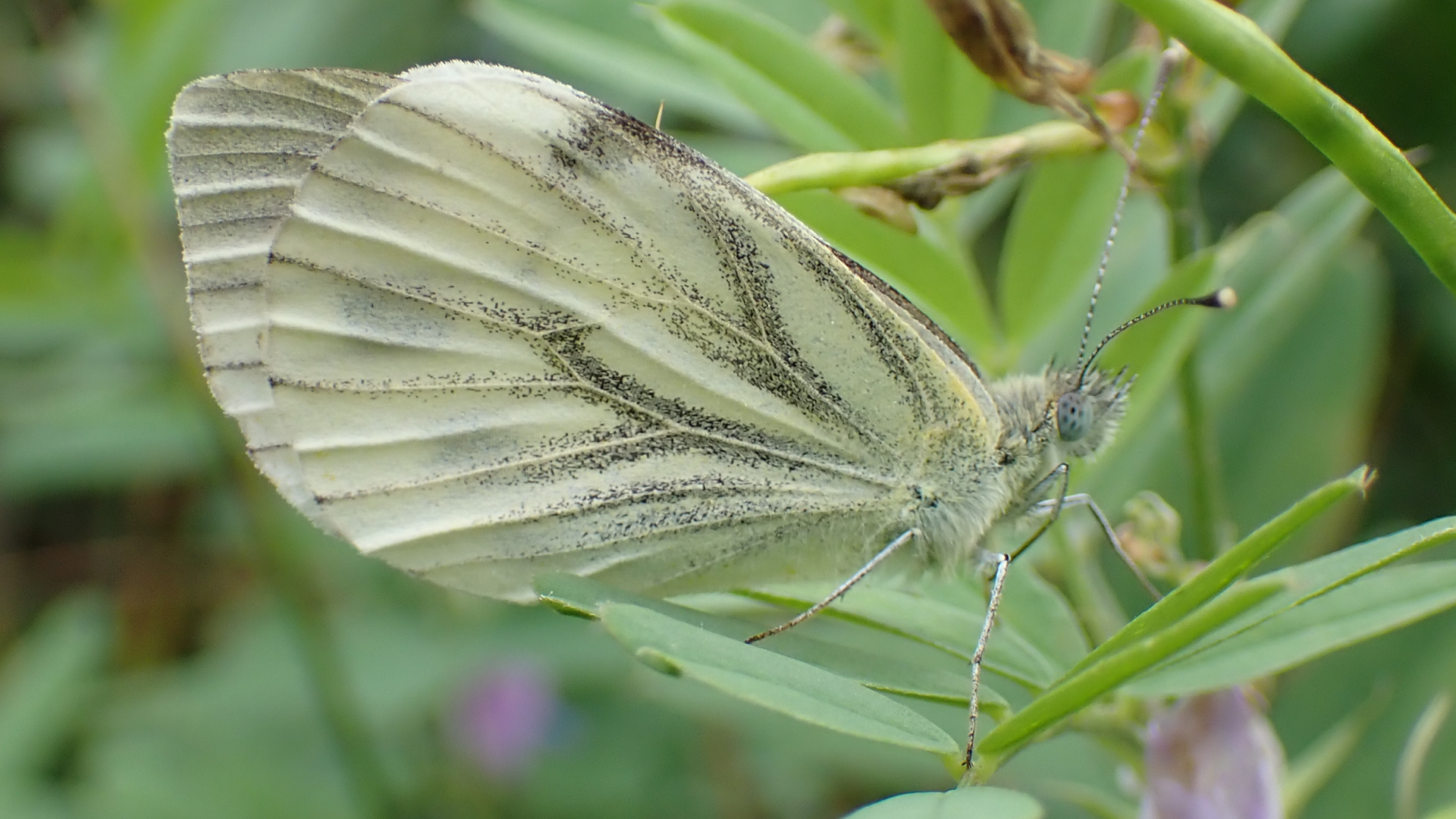
© Raymond Small TQ4792 05/09/2024
Pieris napi
The white wings have prominent greenish veins on the hind wing. The upper wings have one or more spots. The caterpillars feed on plants in the Cabbage family.
MEADOW BROWN
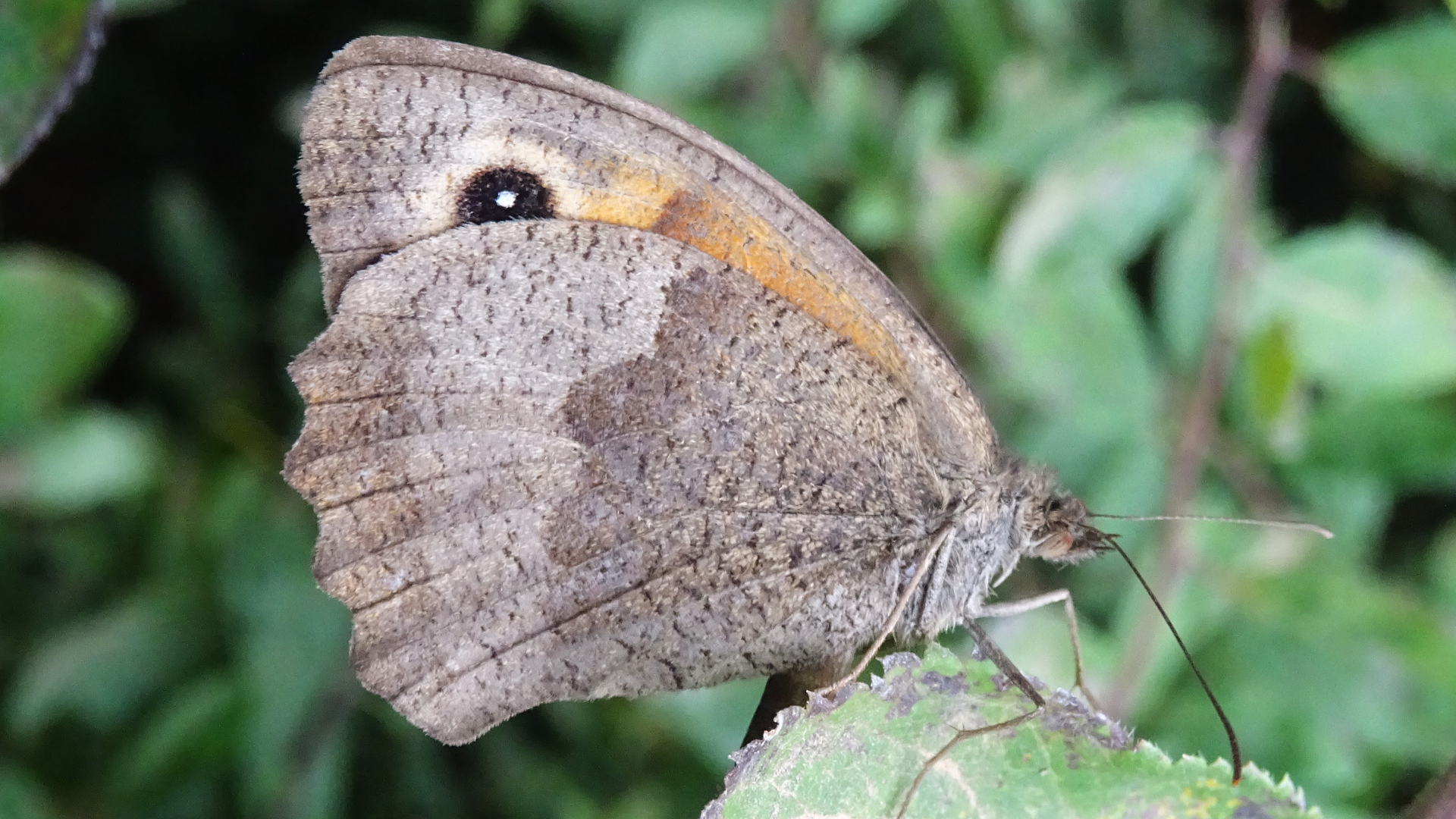
© Raymond Small TQ4792 06/09/2024
Maniola jurtina
Possibly the most abundant butterfly flying in the meadows over low vegetation. Adults are spotted flying in dull weather when most other butterflies are inactive. They usually rest with the wings shut.
SPECKLED WOOD
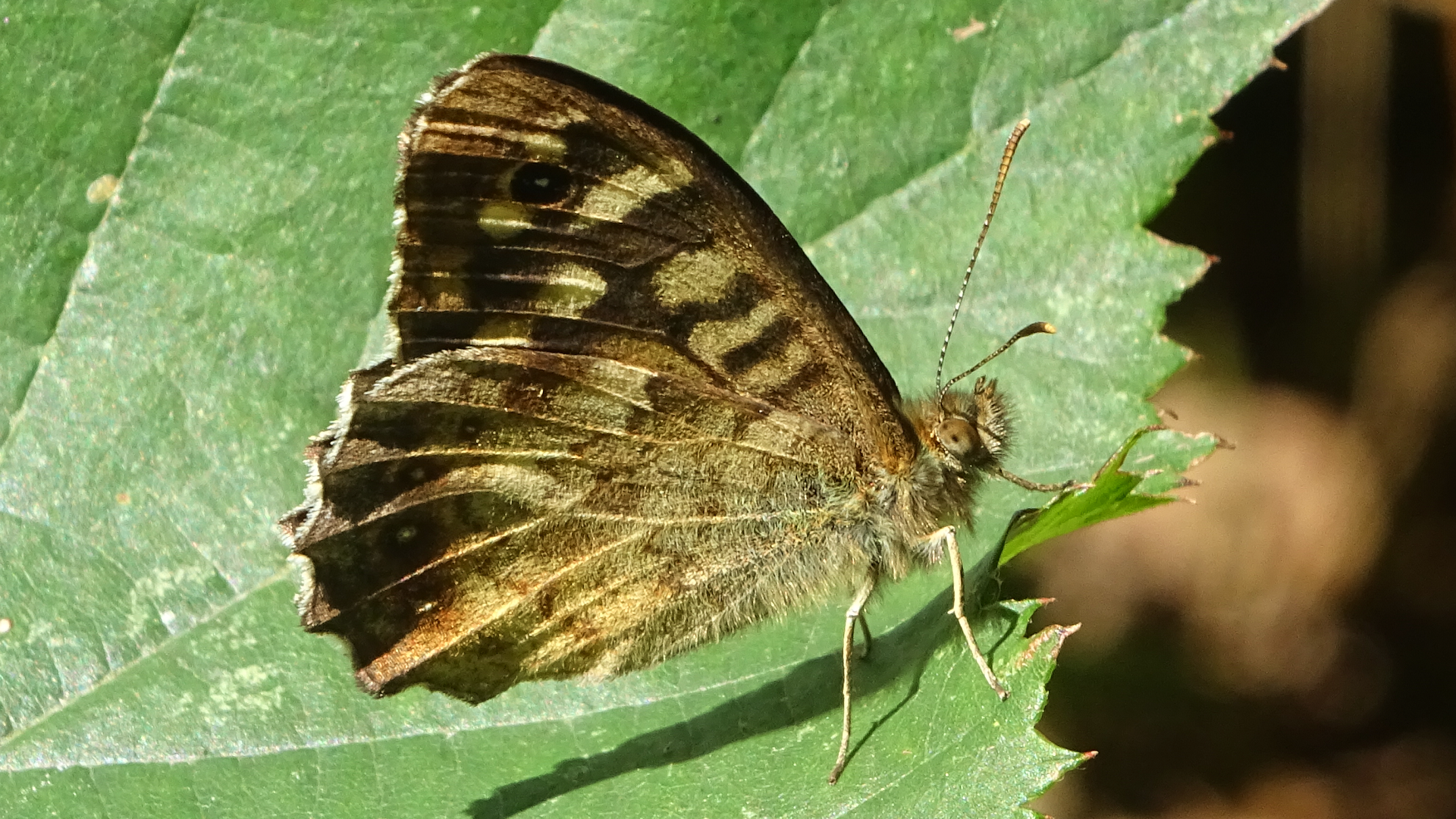
© Raymond Small TQ4692 15/09/2024
Pararge aegeria
A common woodland butterfly often seen resting on bramble along woodland paths. Adults fly in two broods from April to early June and again from July to September. Both sexes visit tree tops to feed on honeydew made by aphids. This species rarely goes to flowers to feed except early and late in the year when supplies of honeydew are low.
LONG-TAILED TIT
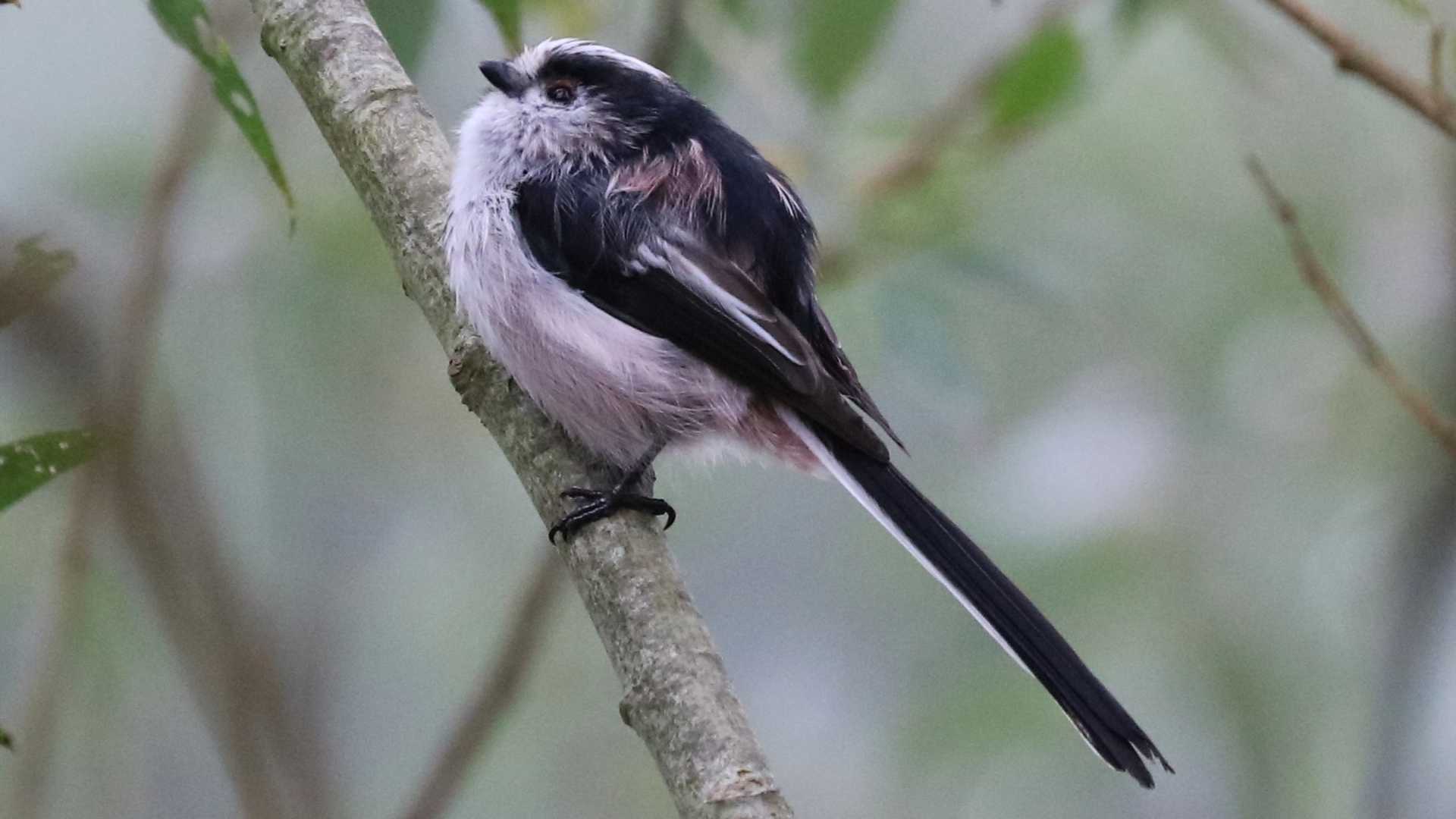
© Michael Trump TQ4792 08/09/2024
Aegithalos caudatus
Long-tailed Tits are usually seen in small noisy groups flying around woodland trees and hedgerows. They feed on insects, sometimes switching to seeds in autumn and winter.
STARLING
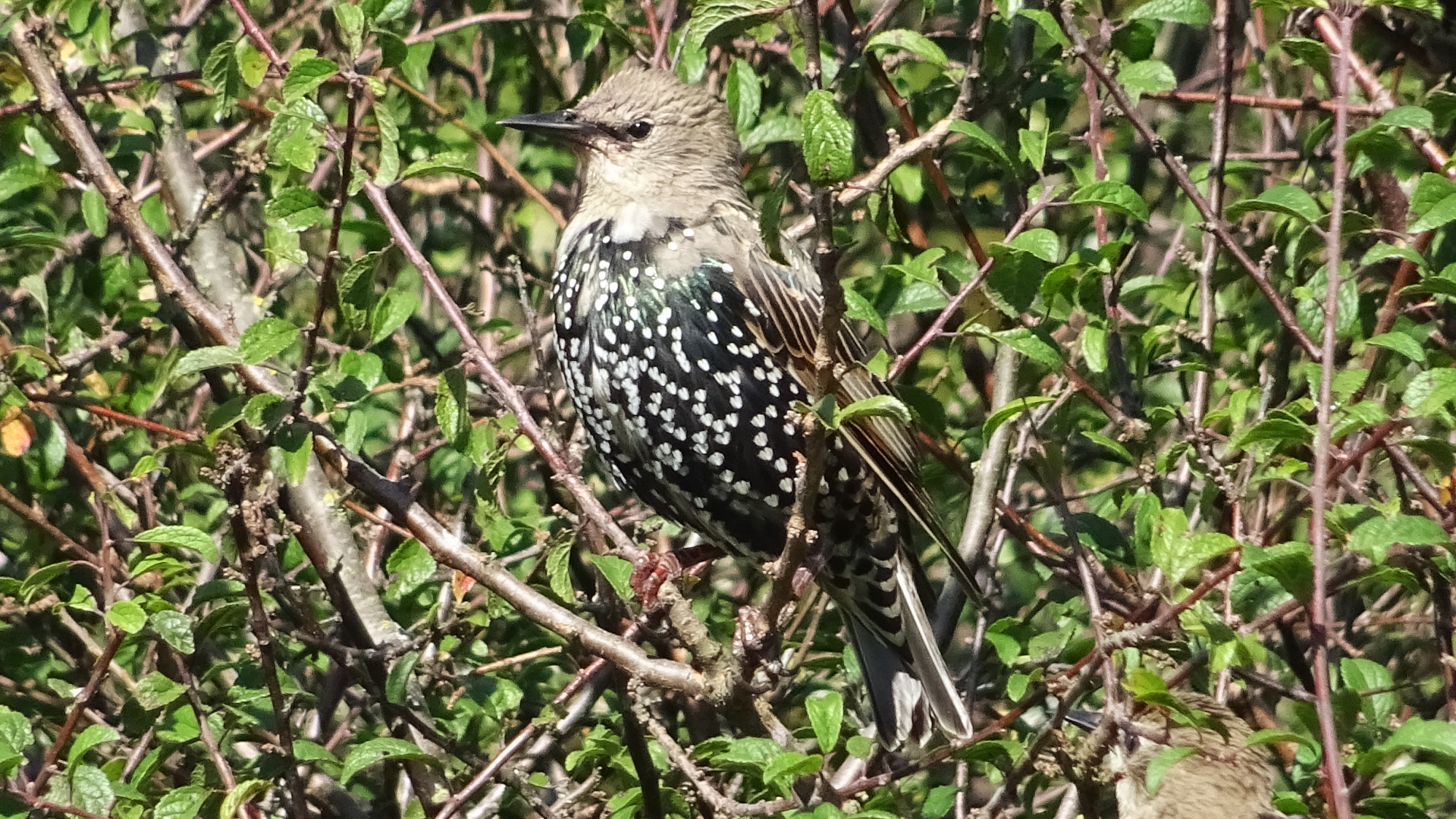
© Raymond Small TQ4792 01/09/2024
Sturnus vulgaris
Starlings are usually heard singing in large groups on bushes. Their winter plumage is browner than in summer, and the white flecks in the feathers are particularly visible at this time of year. They feed on invertebrates and fruit.
CORMORANT
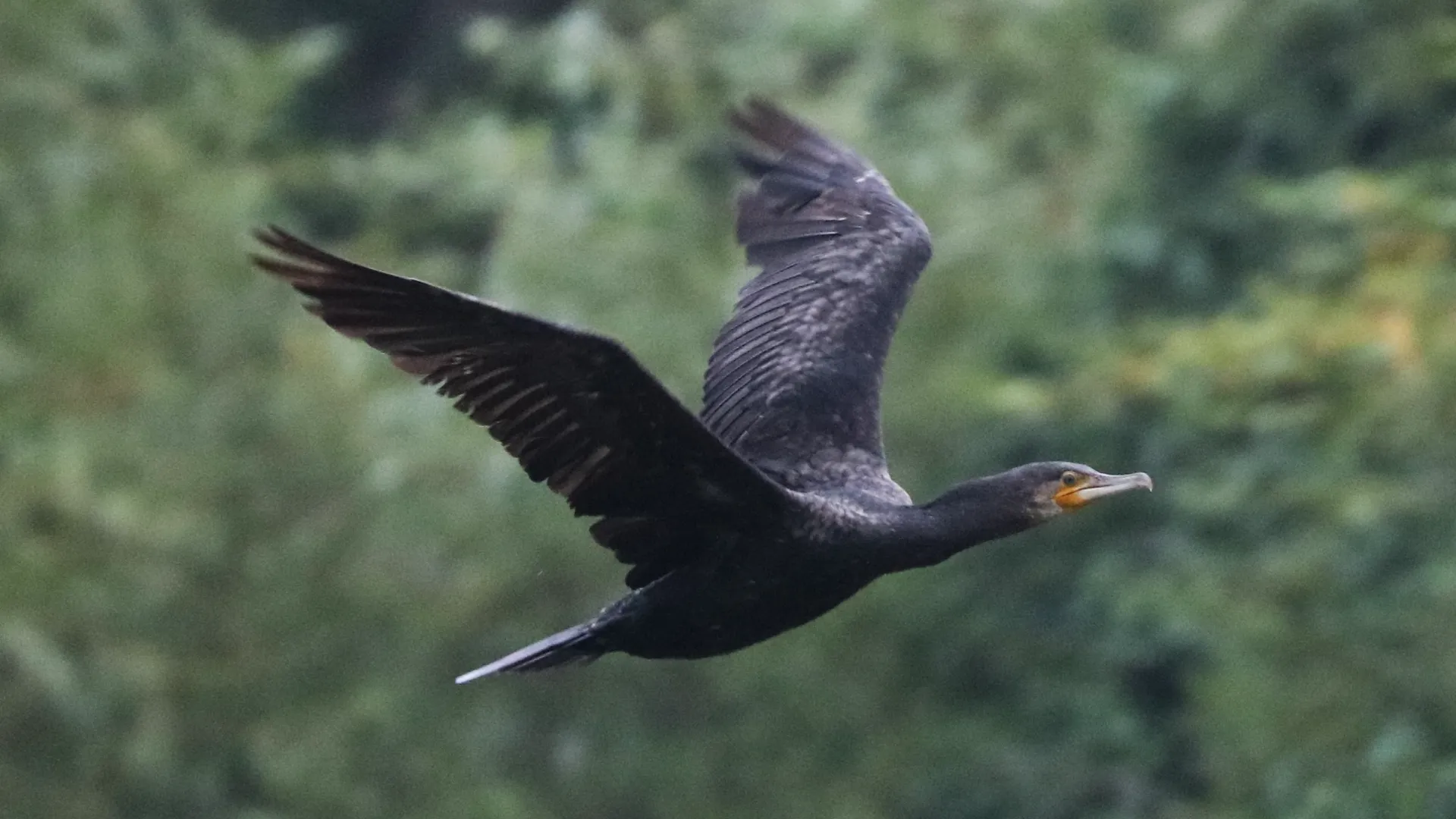
© Michael Trump TQ4792 0/09/2024
A Cormorant flying over Hainault Lake.
EGYPTIAN GOOSE
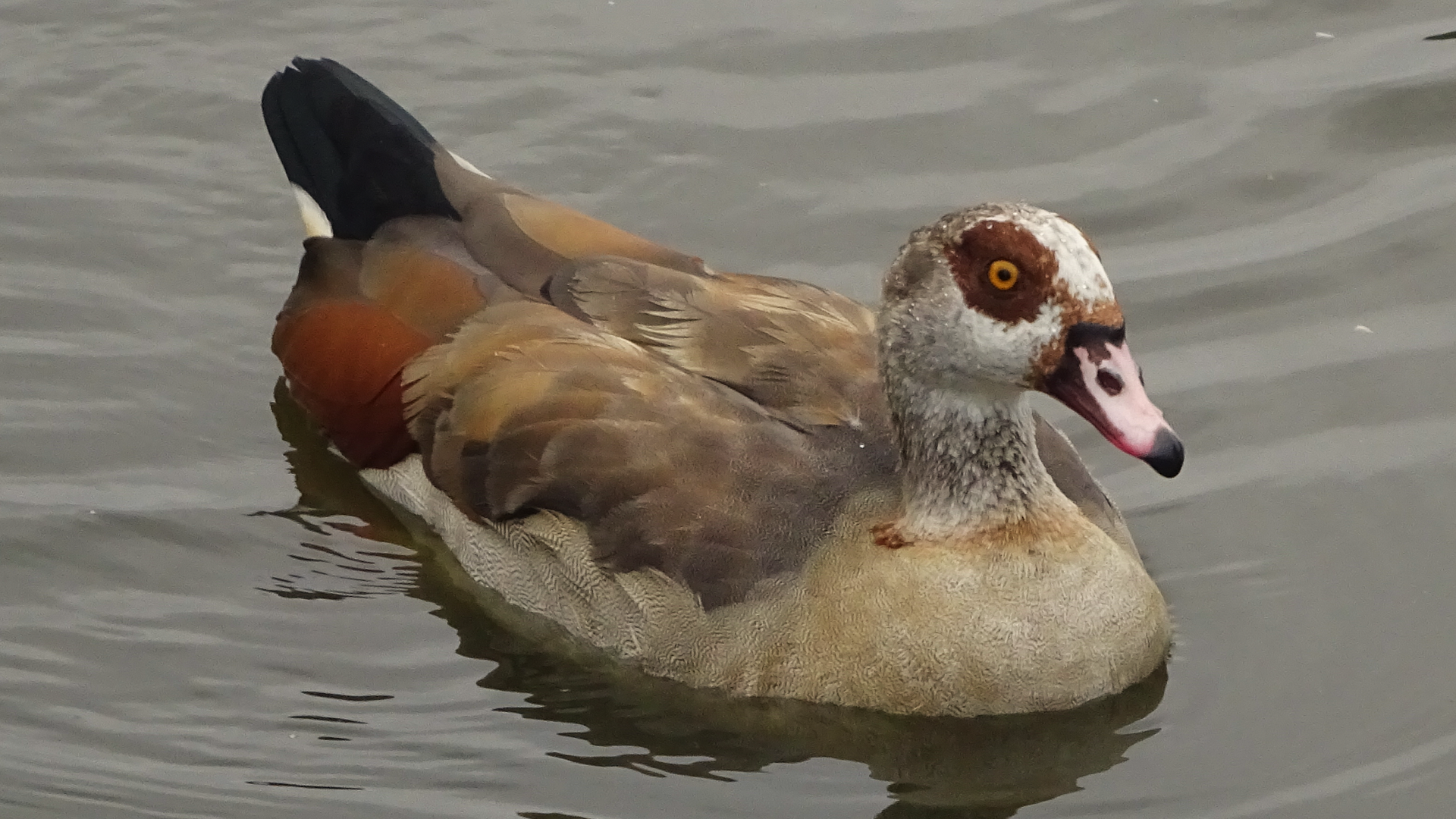
© Raymond Small TQ4792 06/09/2024
Alopochen aegyptiaca
Egyptian geese are brown and grey with dark brown eye-patches. Introduced to Britain as an ornamental species, some escaped, and now they are successfully breeding in the wild.
MALLARD
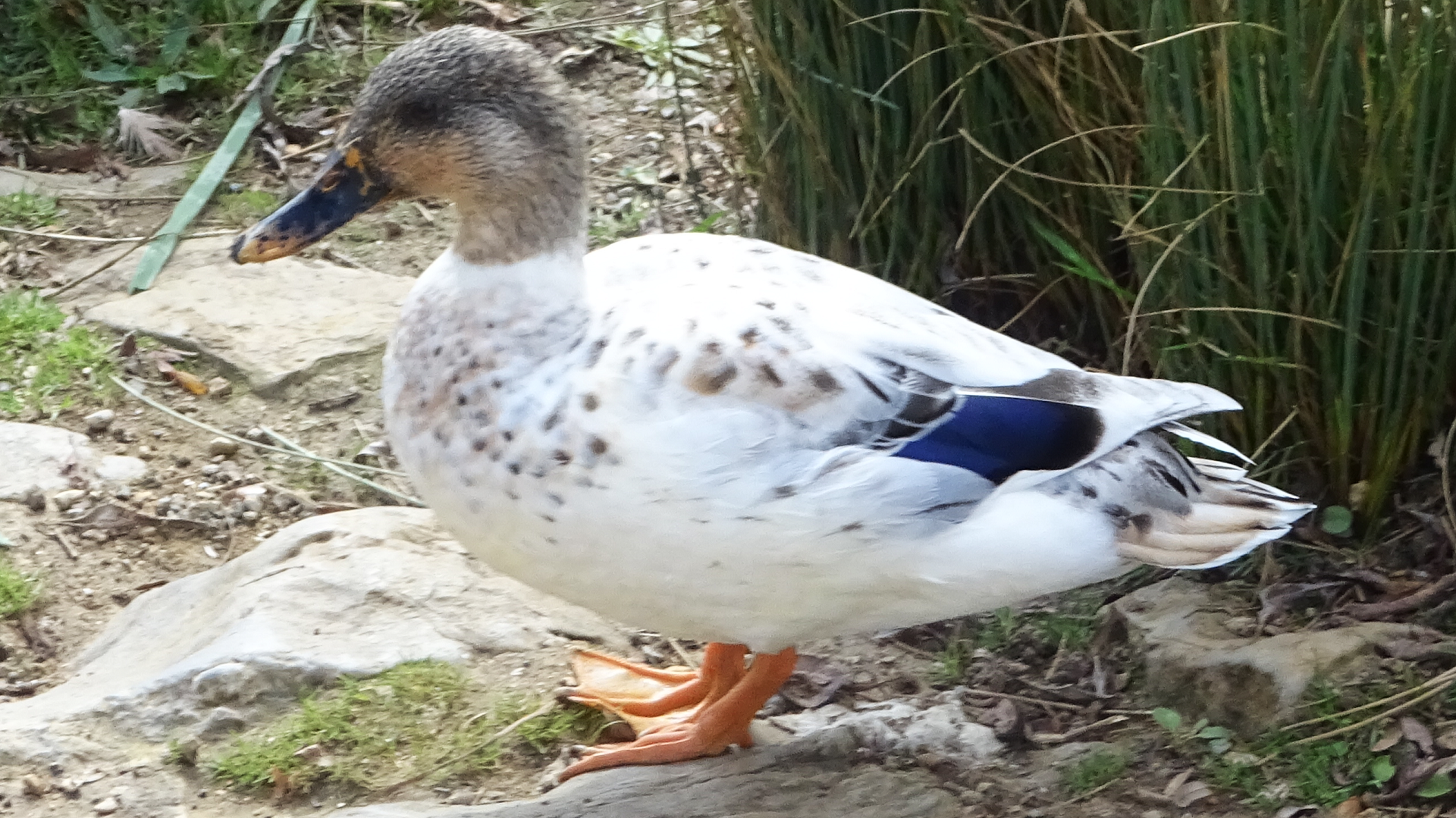
© Raymond Small TQ4792 12/09/2024
Anas platyrhynchos
This weird-looking Mallard is evidence that Mallards can inter-breed with Runner Ducks (there have been Runner Ducks with similar colouration this year). The wild mallard is said to be the ancestor of all domestic ducks (except Muscovies) making hybrids possible between different types of duck.
CANADA GOOSE
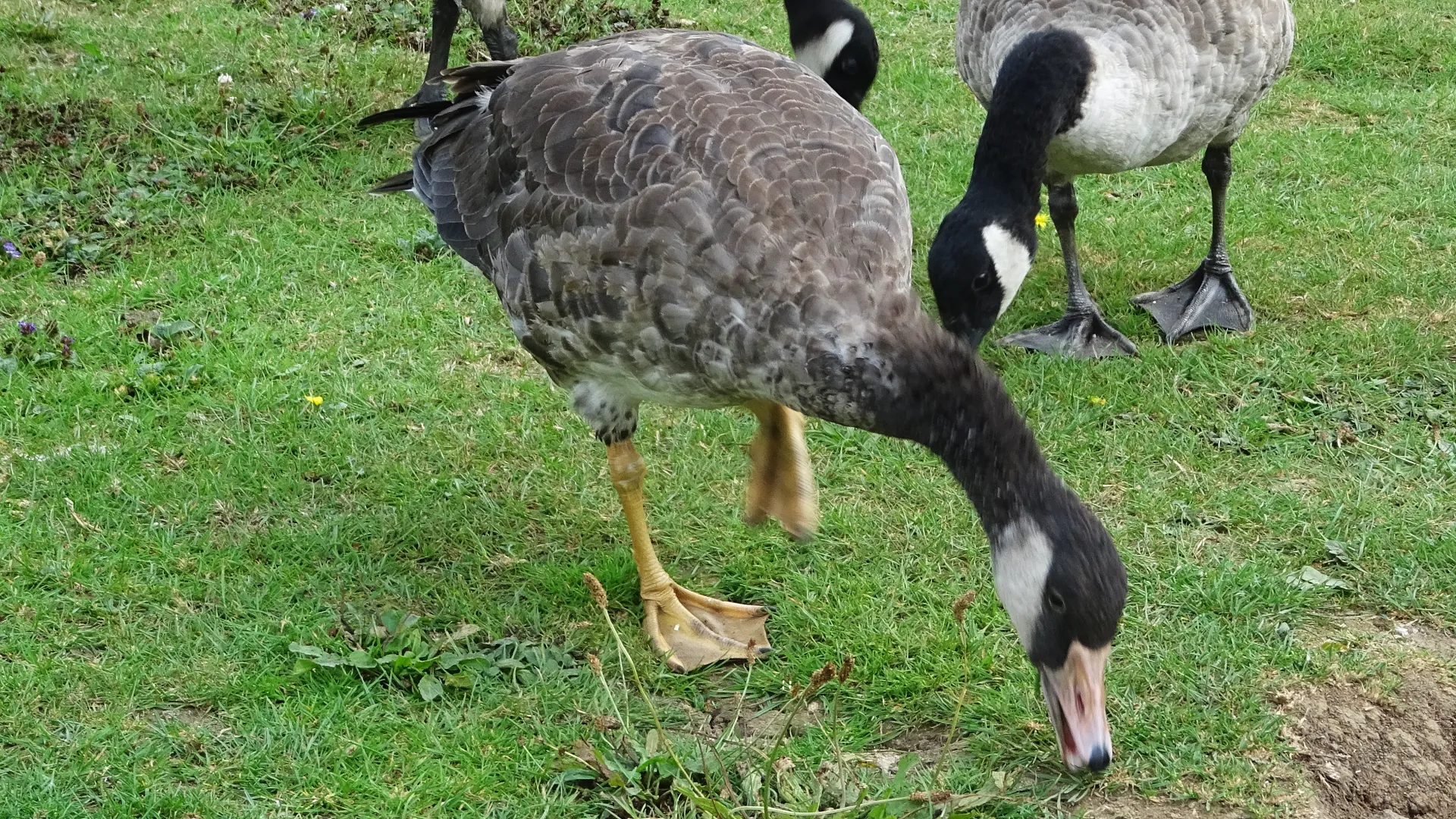
© Raymond Small TQ4792 06/09/2024
Branta canadensis
A young Canada Goose gradually gaining adult colouration.
PHEASANT
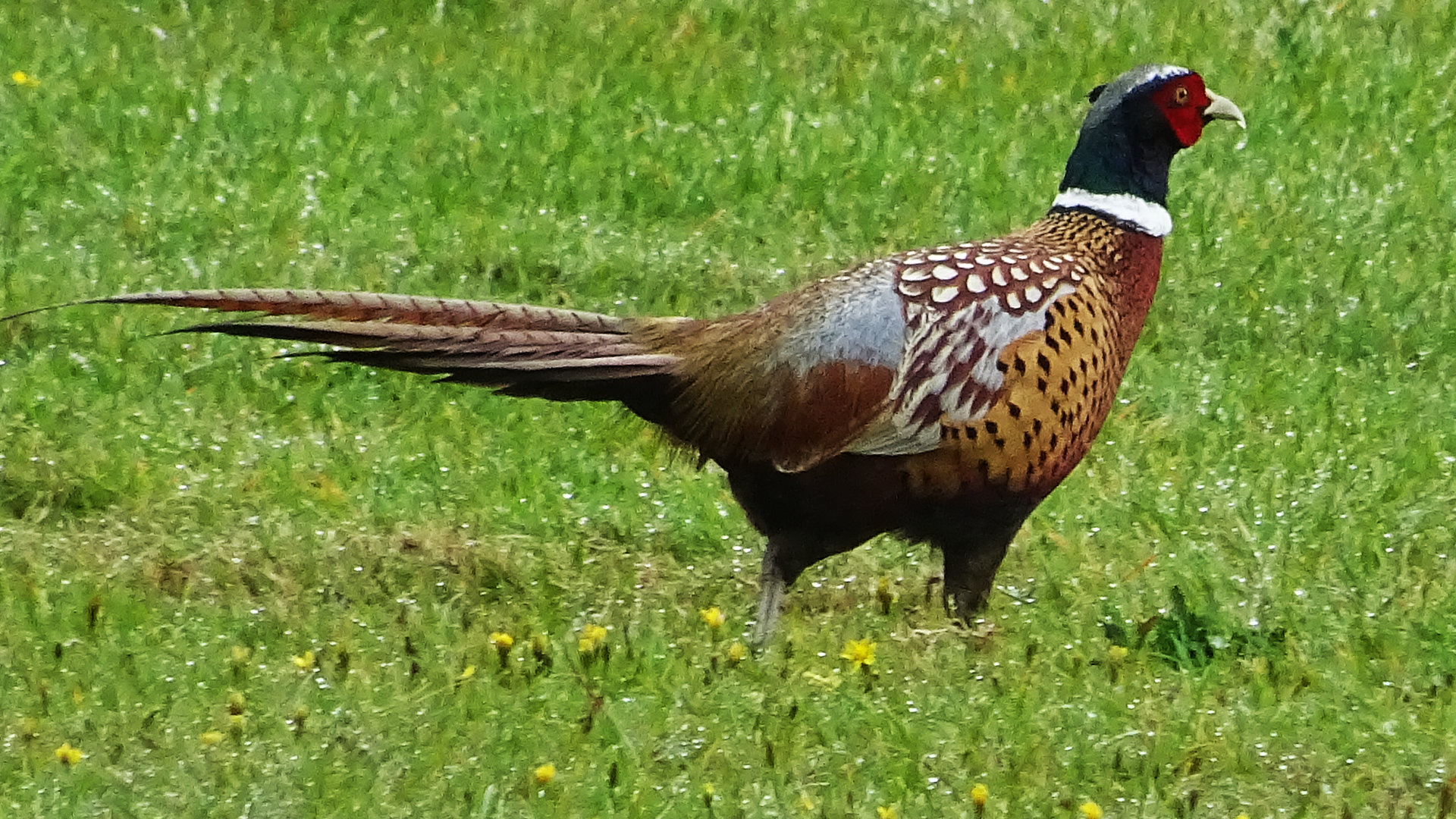
© Raymond Small TQ4792 30/09/2024
This Pheasant, seen on the Hog Hill grassland, ran for the cover of scrub when it was approached.
MUNTJAC DEER
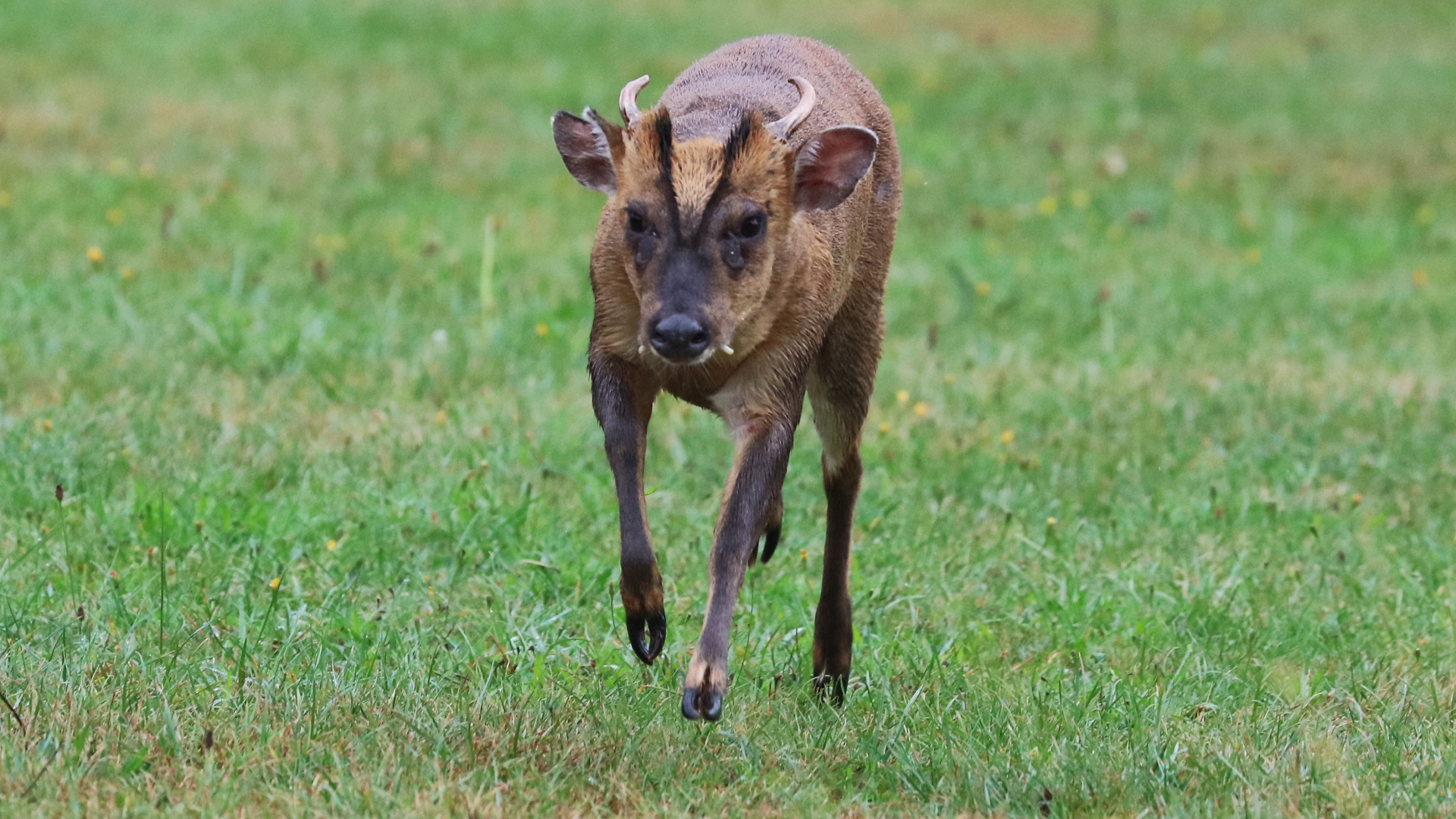
© Michael Trump TQ4792 0/09/2024
Unlike other types of deer Muntjac are fairly solitary creatures, so they use scent-marking more than other deer to communicate. They have scent glands (the long v-shaped slits) on the forehead which they rub against trees or the ground.
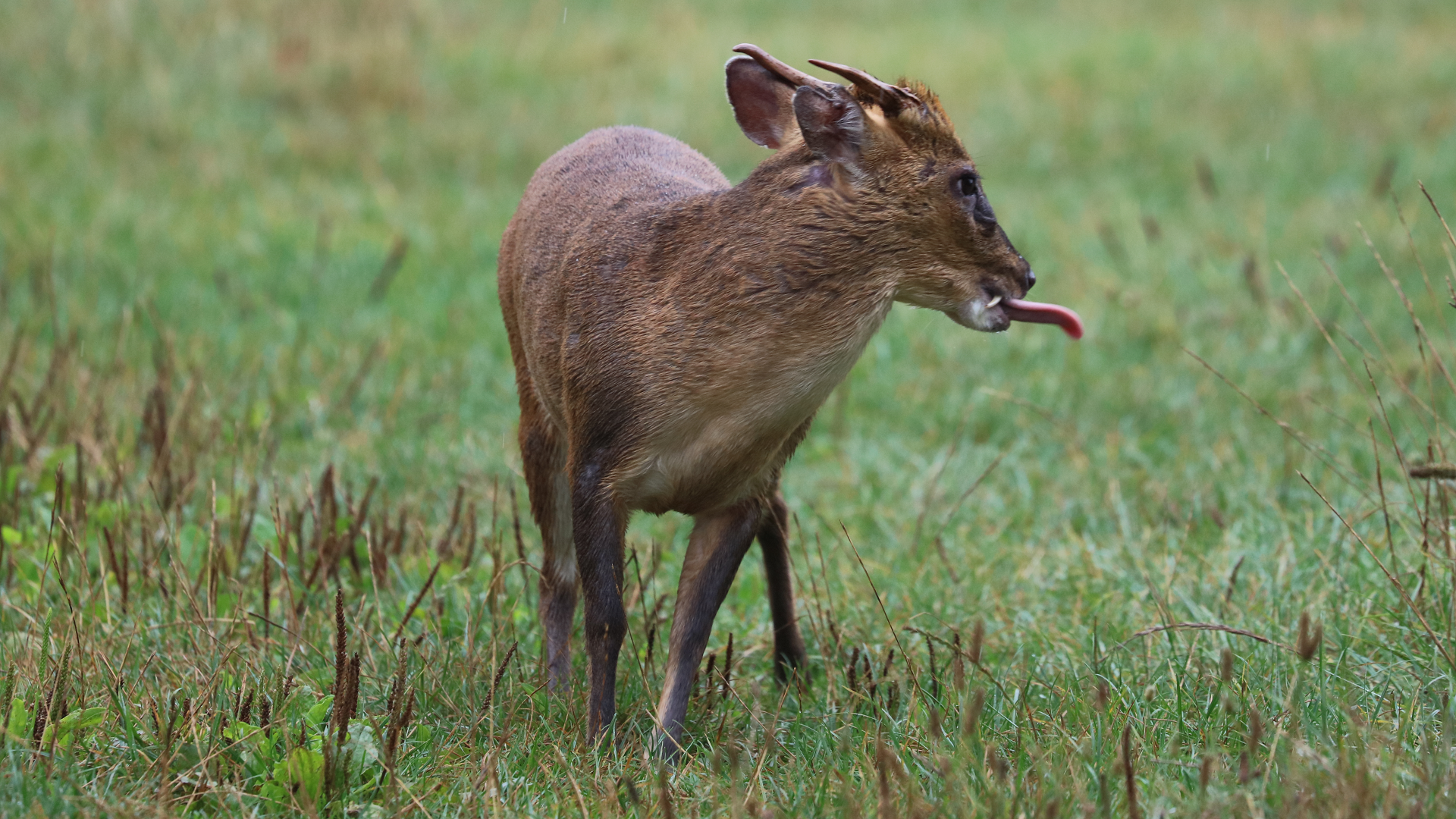
© Michael Trump TQ4792 0/09/2024
In front of the eyes there are also pre-orbital glands which the Muntjac often licks with its long tongue. It is thought they do this to recognise their own scent. Males scent-mark more frequently than females and dominant males more than their underlings.
CROSS SPIDER
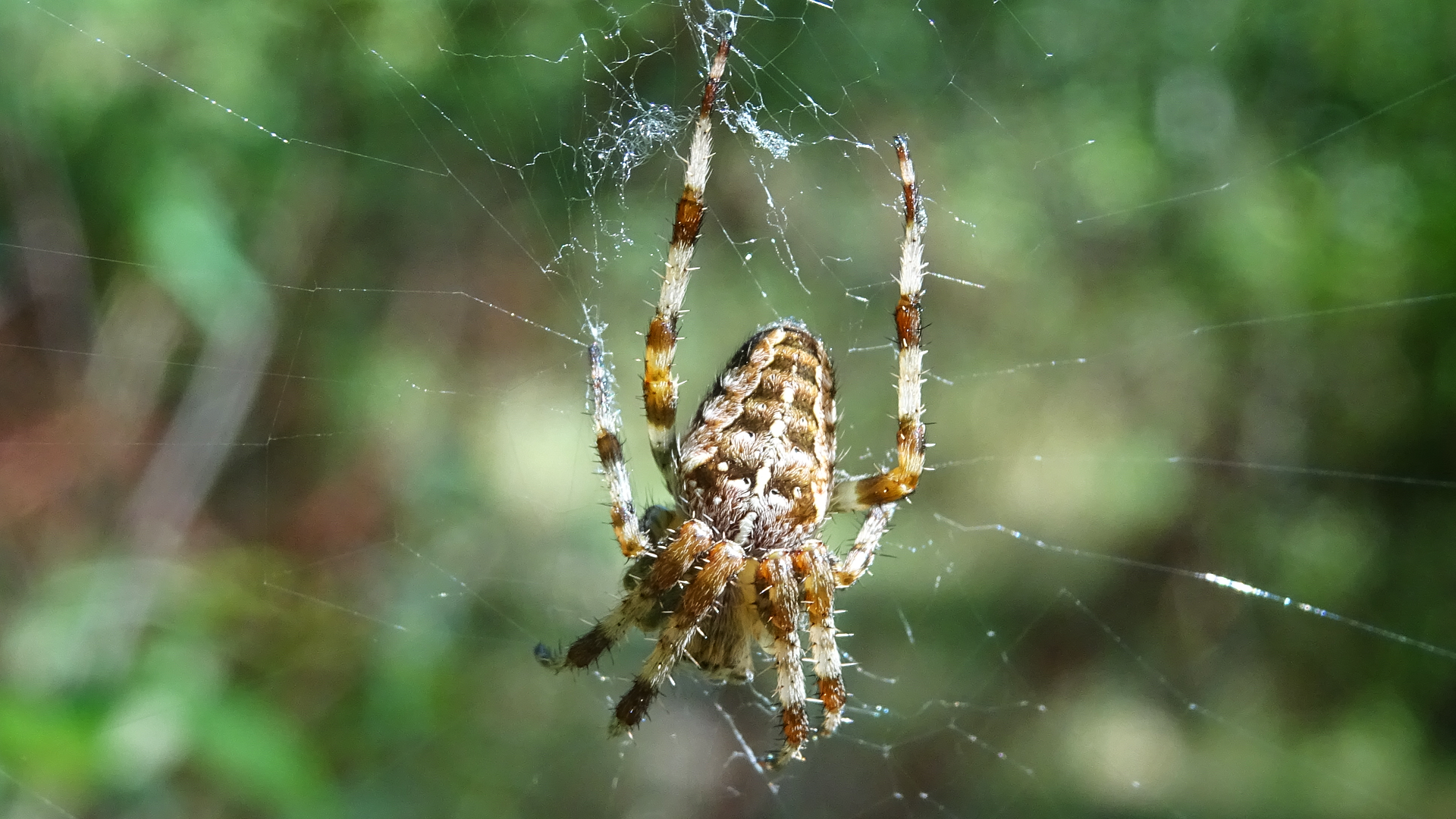
© Raymond Small TQ4792 01/09/2024
Araneus diadematus
The Cross Spider, so-called because of the cross marking on the dorsal abdomen, is also known as the Garden Spider. Their webs are often found on hedgerows during autumn. If disturbed the spider vibrates its web until it becomes a blur presumably this is to bewilder potential predators.
ROBBER FLY
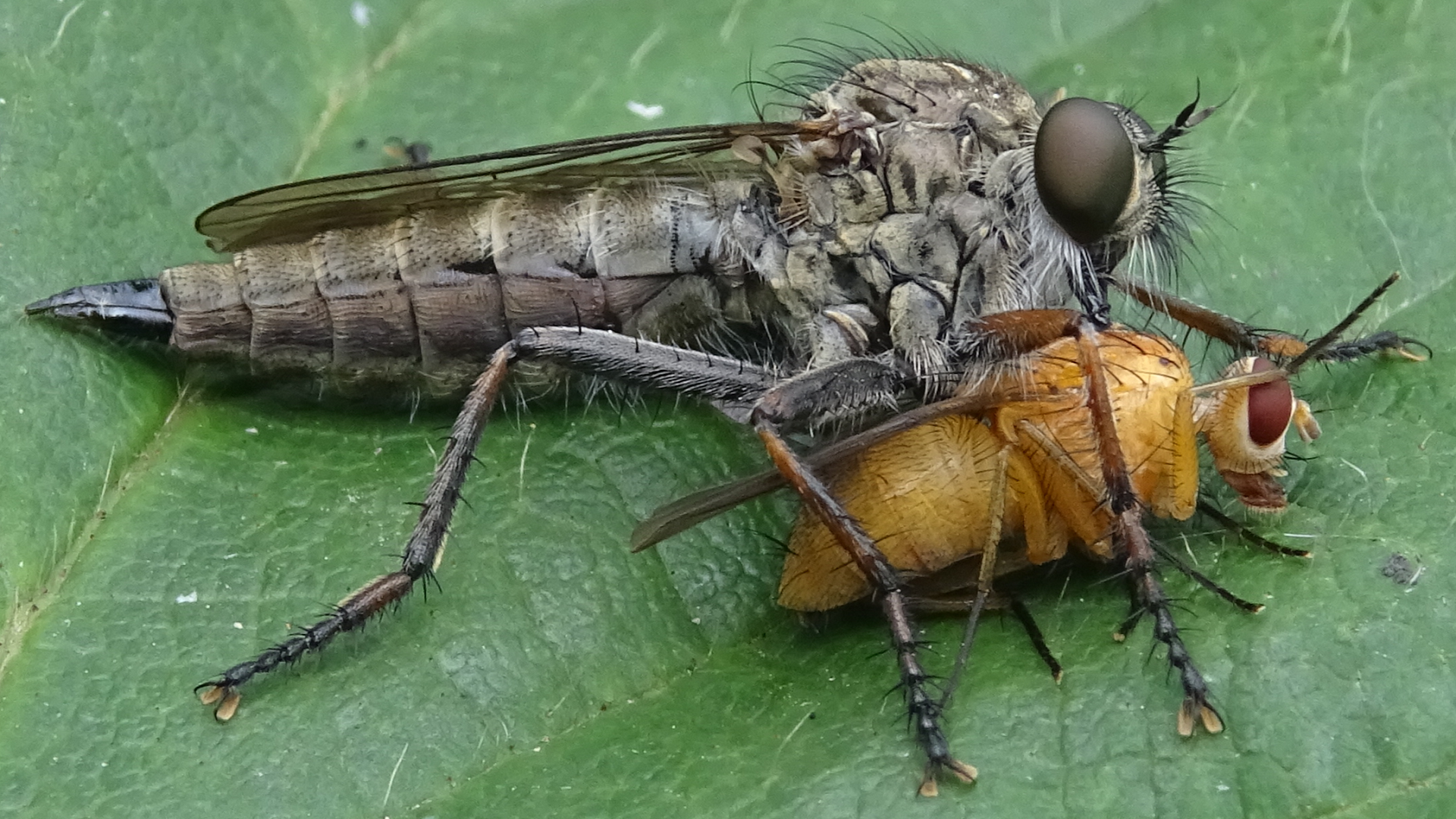
© Raymond Small TQ4792 01/09/2024
This Robber Fly has just snatched a meal. Its proboscis stabs and injects the prey with saliva containing paralyzing enzymes which cause the insides of the victim to break down into a liquefied state. This enables the Robber Fly to suck up the juices with its proboscis acting like a straw.
MARSH FLY
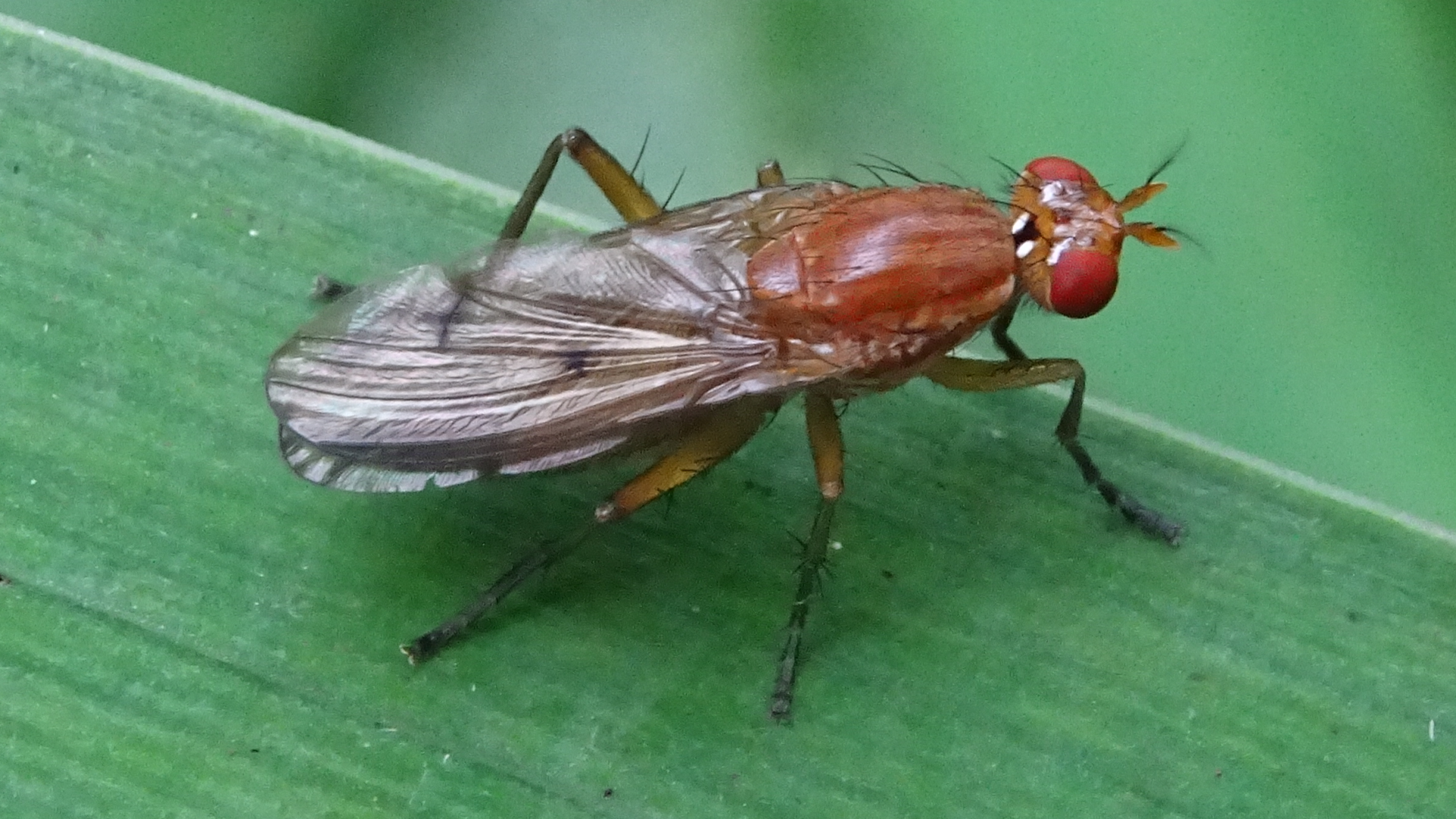
© Raymond Small TQ4793 07/09/2024
Tetanocera sp.
There are at least 50 described Marsh Fly species in the genus Tetanocera. They are common around small ponds such as Sheepwater and Roes Well.
TACHINID FLY
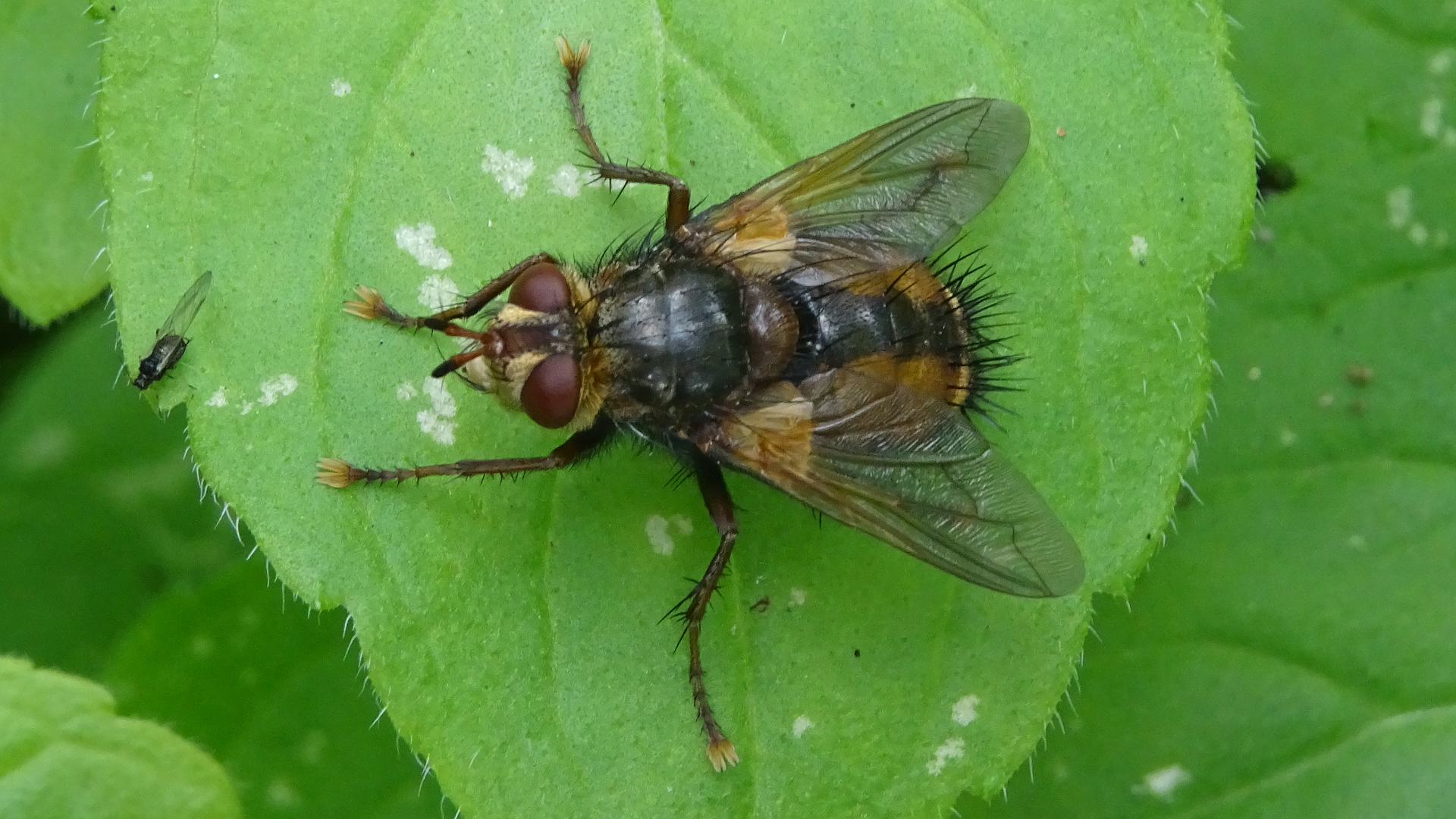
© Raymond Small TQ4793 07/09/2024
Tachina fera
A large bristly fly, with a broad black stripe down the middle of its orange abdomen, found in damp, well vegetated locations from May until September. Its larvae feed on caterpillars and other young insects.
MIRID BUG
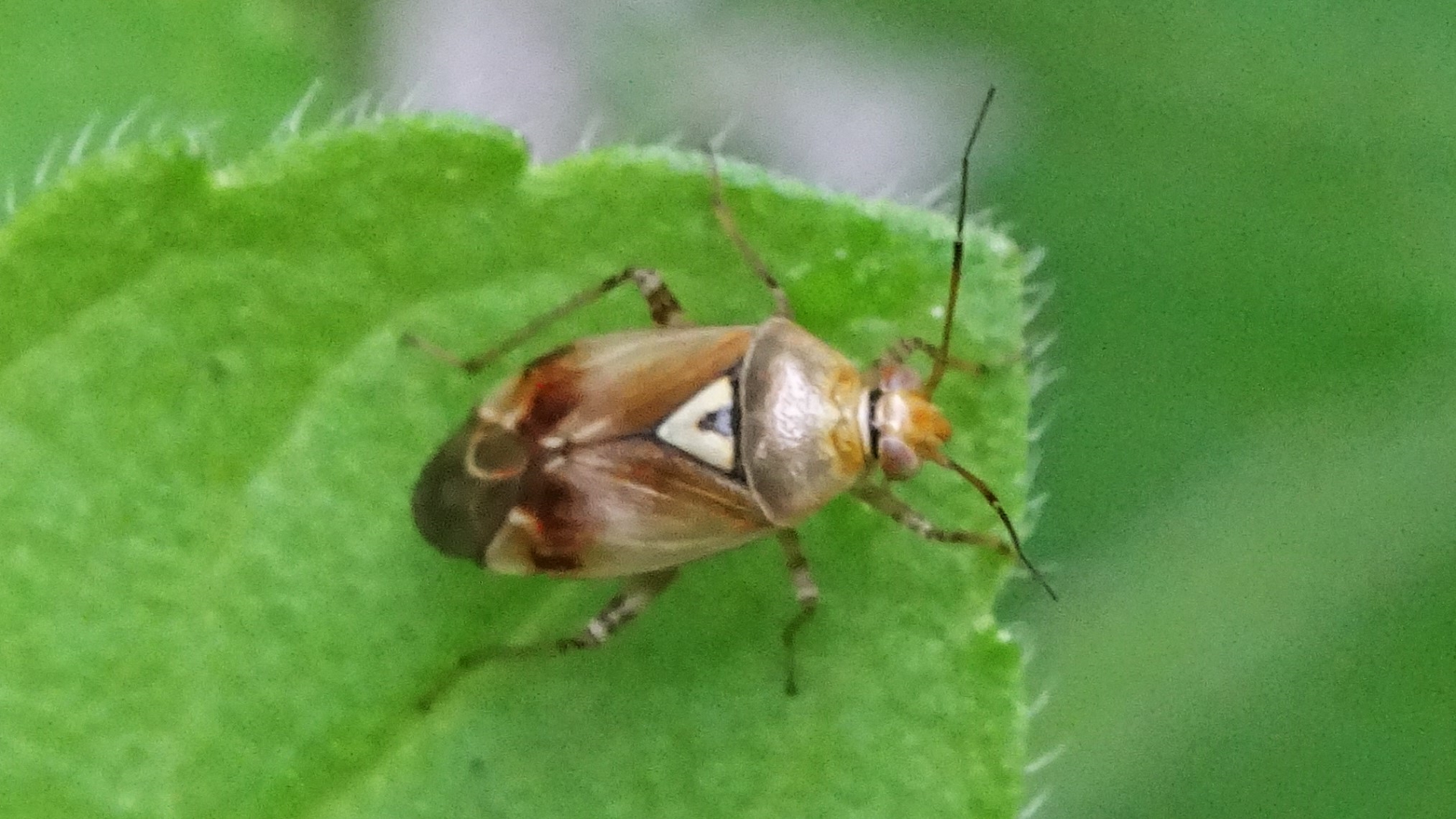
© Raymond Small TQ4793 07/09/2024
Lygus sp.
This family of mirid bugs are very difficult to identify. There are five UK species that overlap greatly in colour, markings and size. Only by examining the fine detail of the middle of the corium at high resolution can a reliable identification of a species be made. Adults are usually 6-7mm in length.
LESSER BURDOCK
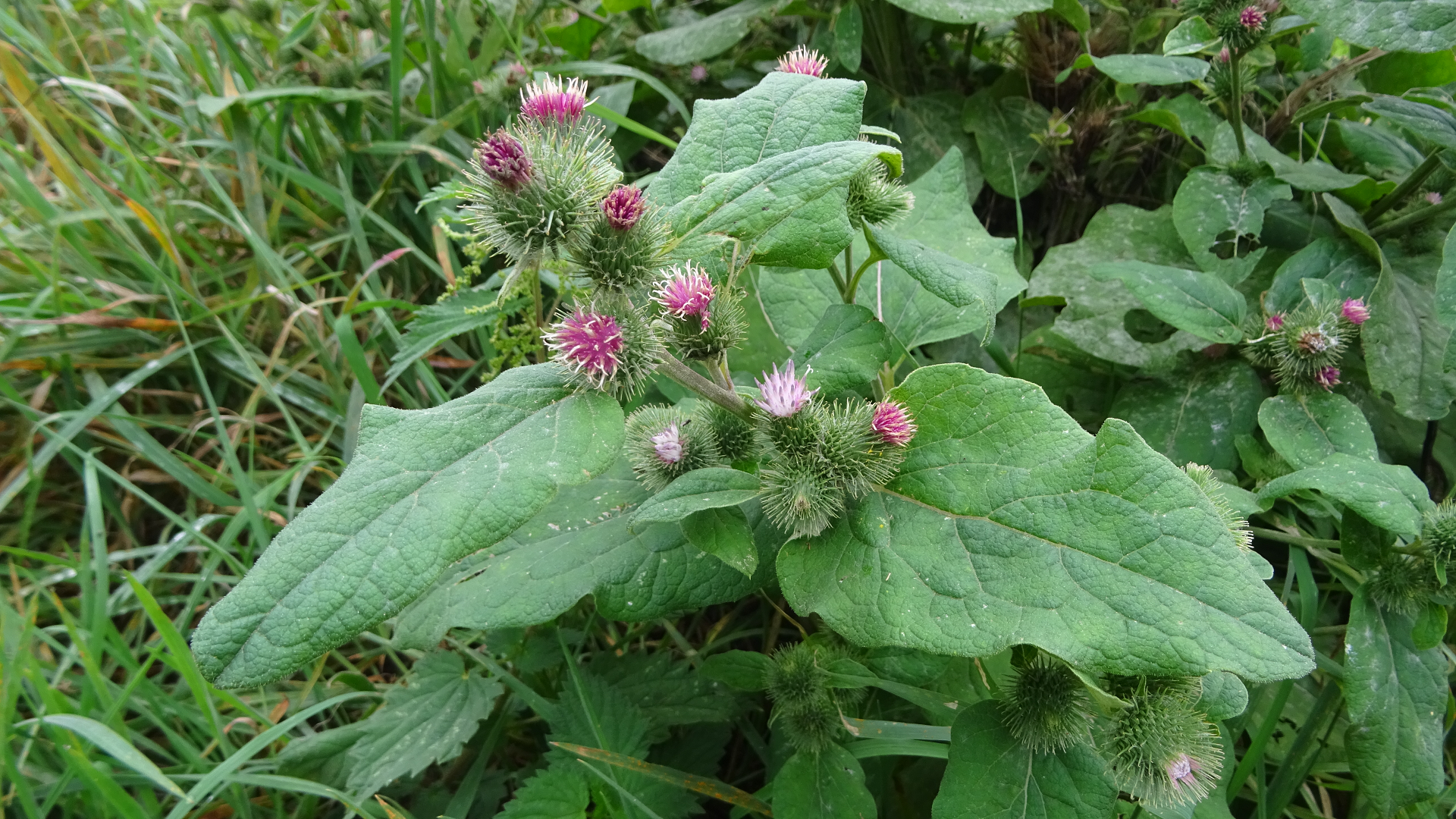
© Raymond Small TQ4792 06/09/2024
Arctium minus
A biennial with purple flowers usually found near Hainault Lake from July to September. It is tall, thick-stemed with large, downy, heart-shaped leaves. The heads have no rays but are surrounded by spiny bracts.
GLOBE THISTLE
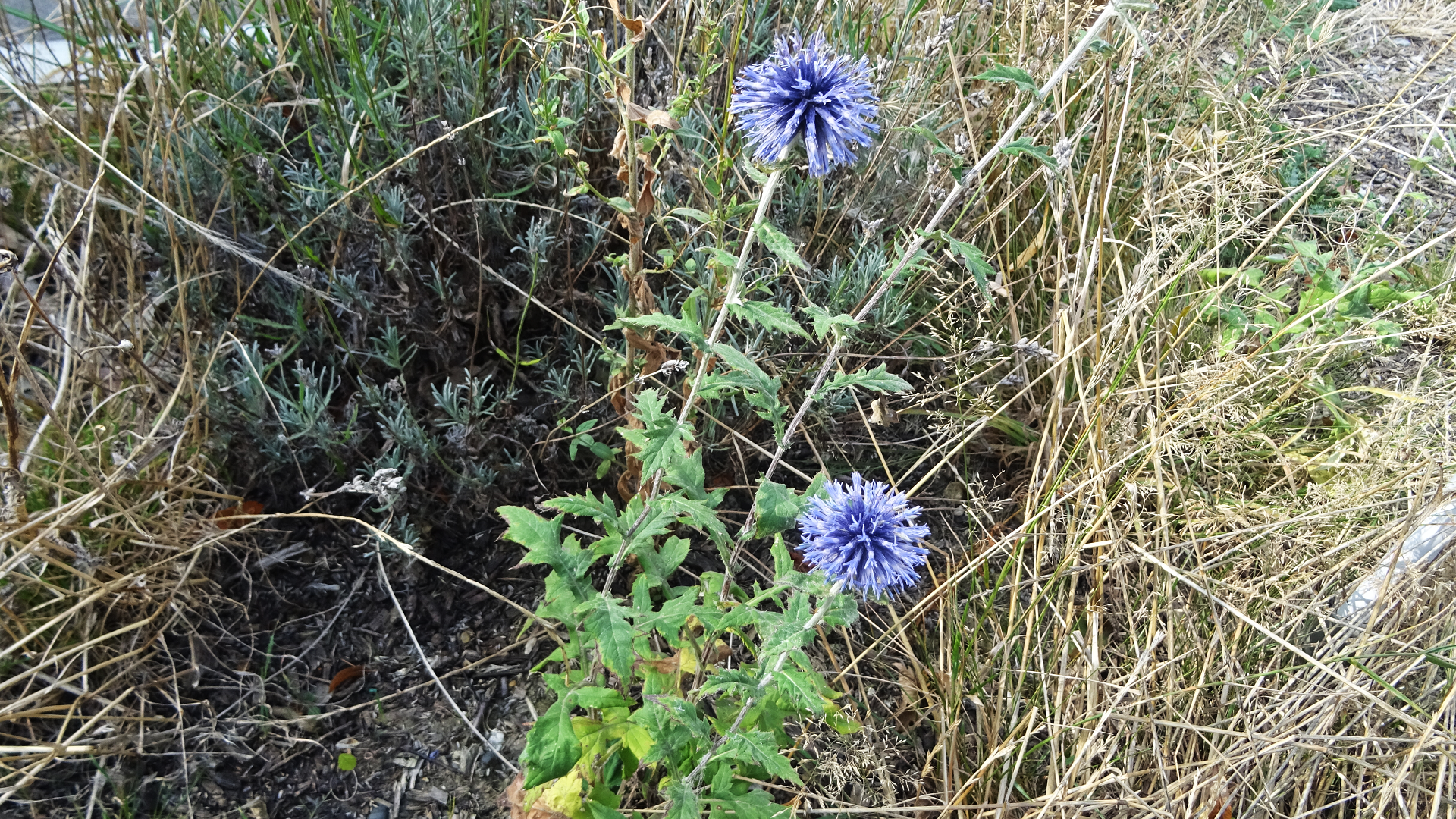
© Raymond Small TQ4792 06/09/2024
Echinops agg.
This perennial appeared on rough ground near Foxburrow Farm, the first time the website has recorded it. This composite is likely to have been deliberately planted or a garden escape of which there are several species and hybrids. The plants found were up to about 50 centimetres tall.
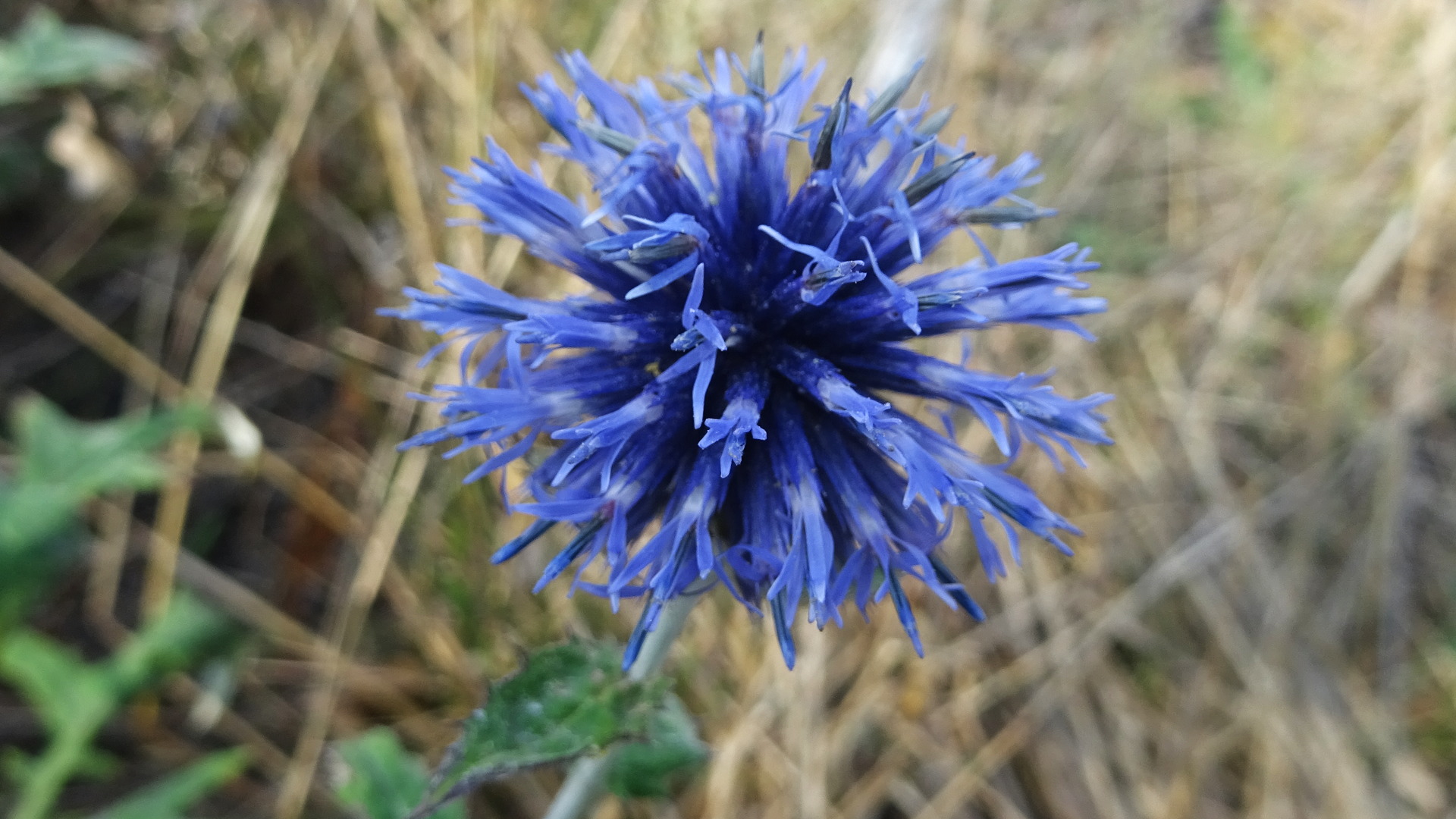
© Raymond Small TQ4792 06/09/2024
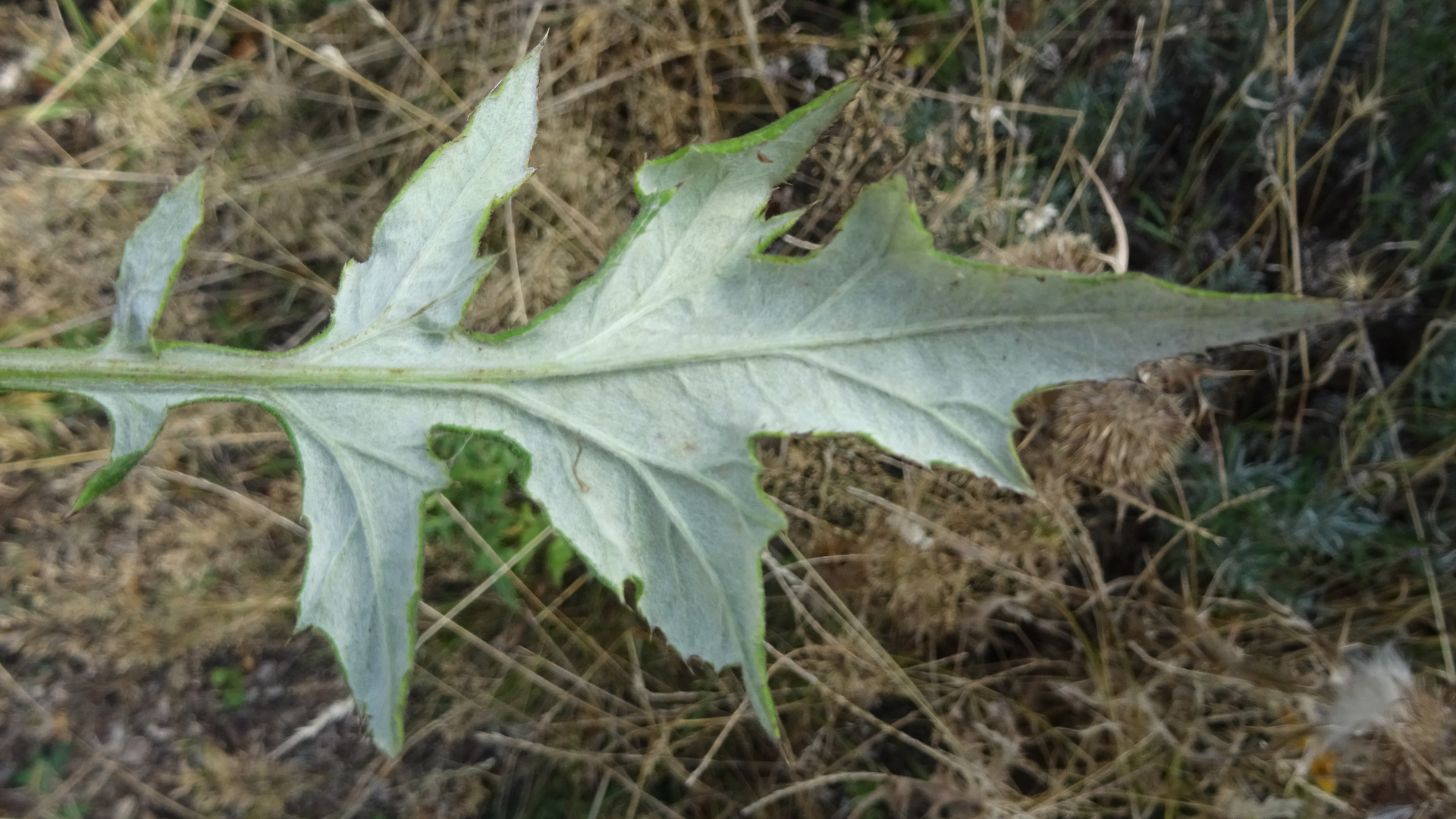
© Raymond Small TQ4792 06/09/2024
HEATHER
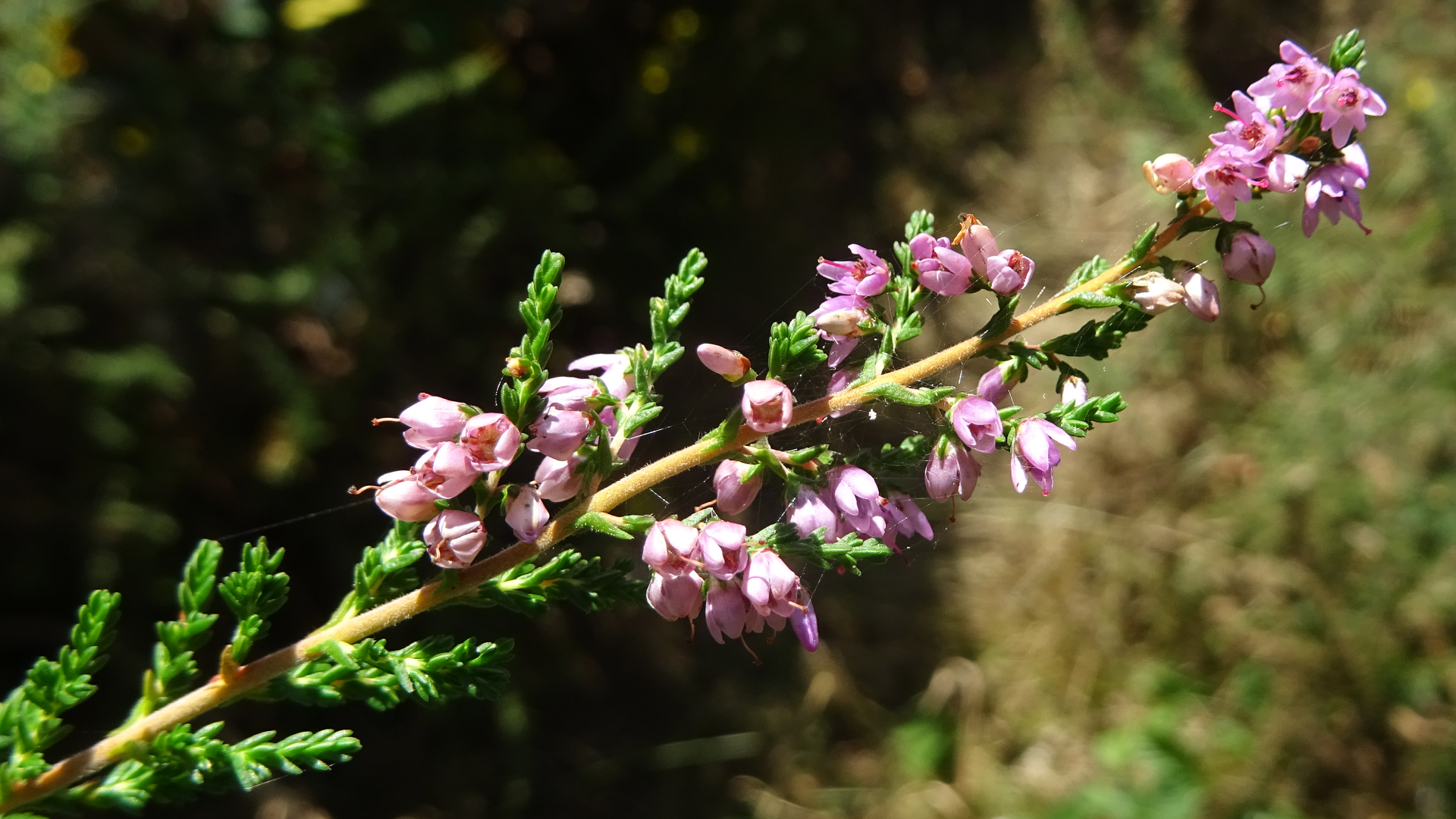
© Raymond Small TQ4693 15/09/2024
Calluna vulgaris
It has been a poor time for recording plants in the Heathland located in the corner of the forest at Chigwell Row. The Heather is now struggling to survive and the Slender St. John's Wort, Fox and Cubs and Petty Whin haven't been recorded this year.
DWARF GORSE
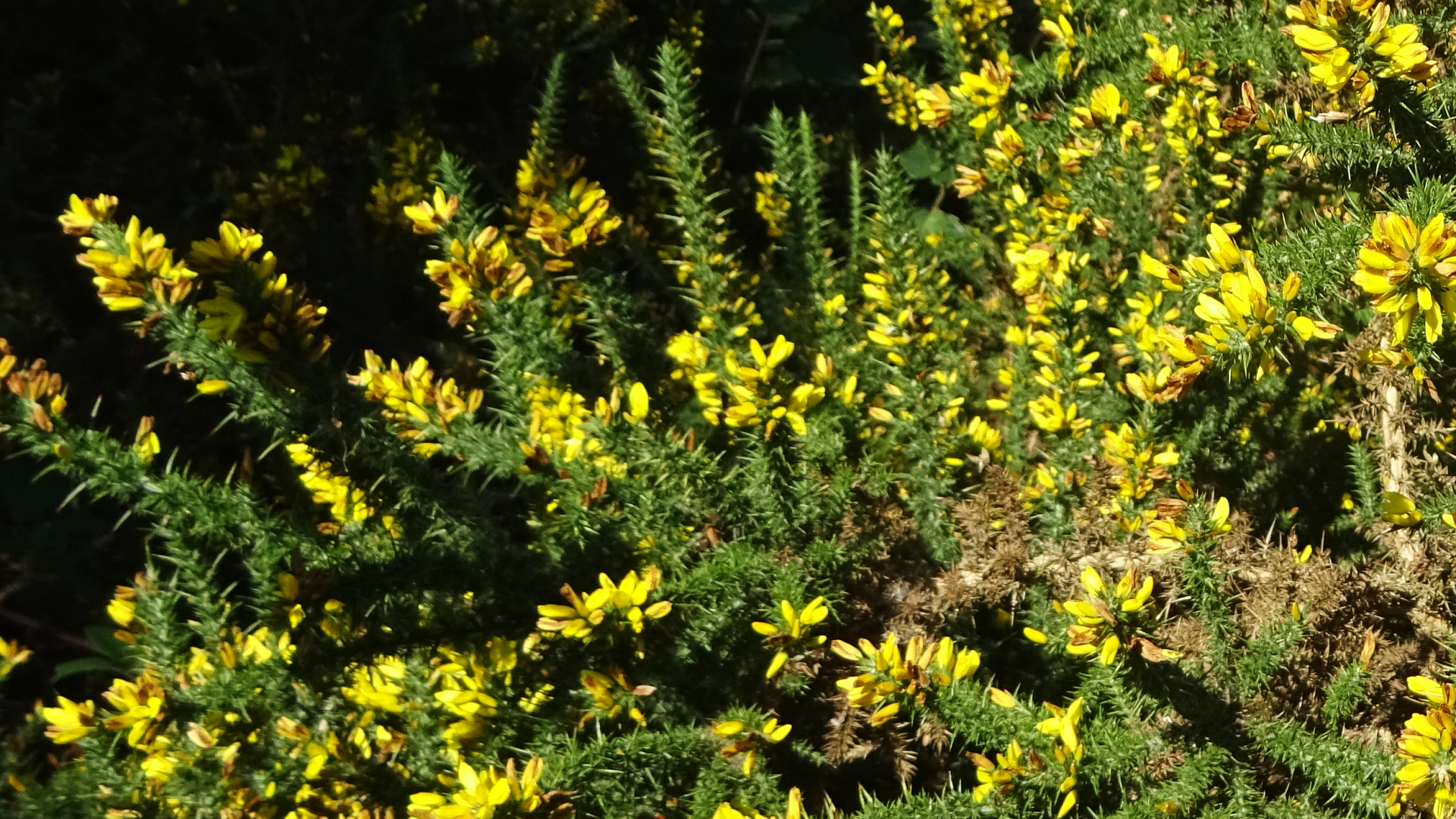
© Raymond Small TQ4693 15/09/2024
Ulex minor
Dwarf gorse is a low-growing evergreen shrub mainly restricted to heathland habitats. It normally grows about 30 centimetres high, but in shaded, ungrazed locations it can grow to one metre tall. It is often found with heather. One of the plants growing well in the heathland.
DOGWOOD
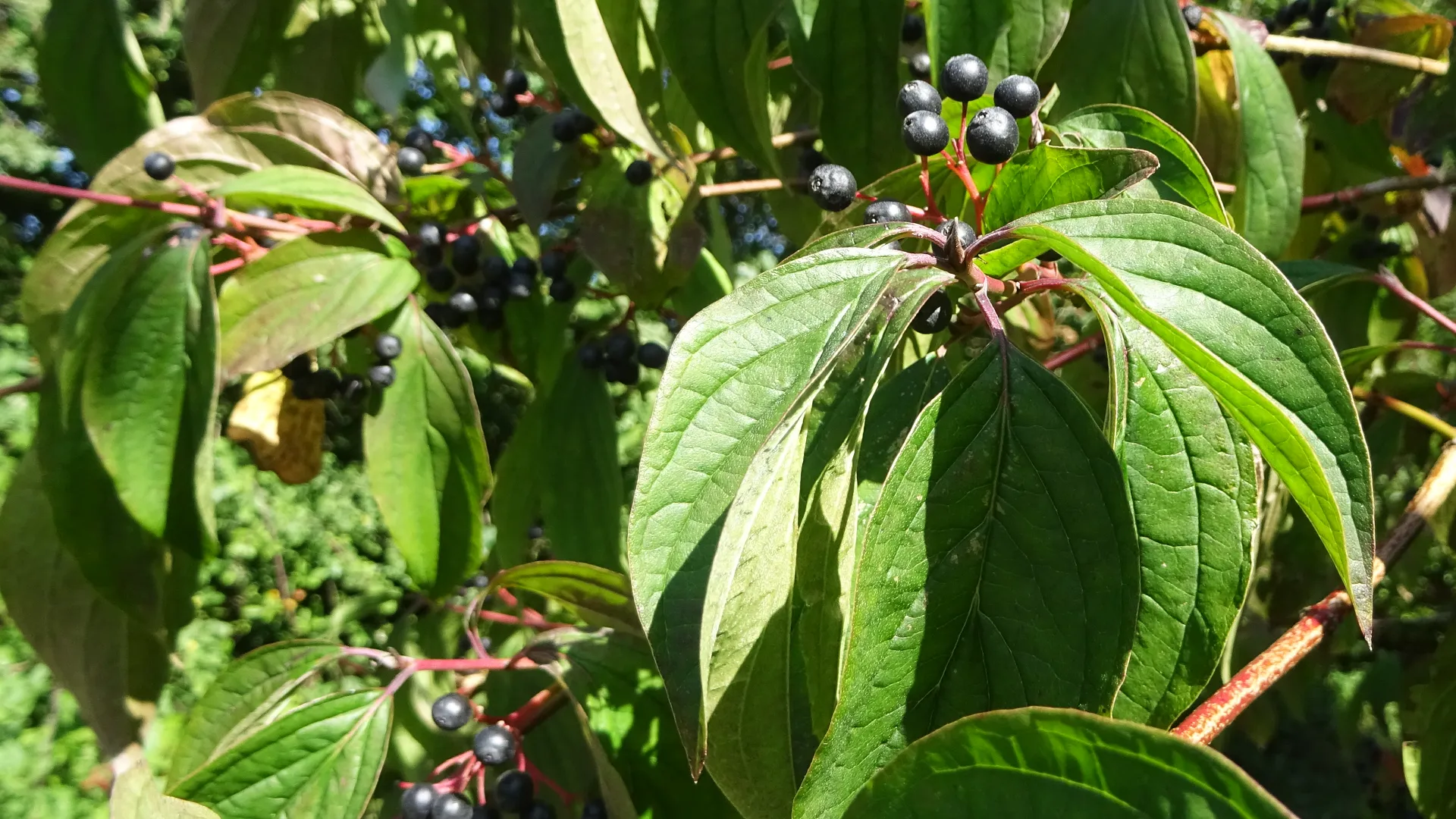
© Raymond Small TQ4692 15/09/2024
Cornus sanguinea
A common red-stemed shrub found in hedgerows. In autumn it develops black berries and as winter approaches the leaves will turn deep crimson. Some dogwood species have edible berries and others are poisonous to humans and animals.
SILK BUTTON GALL
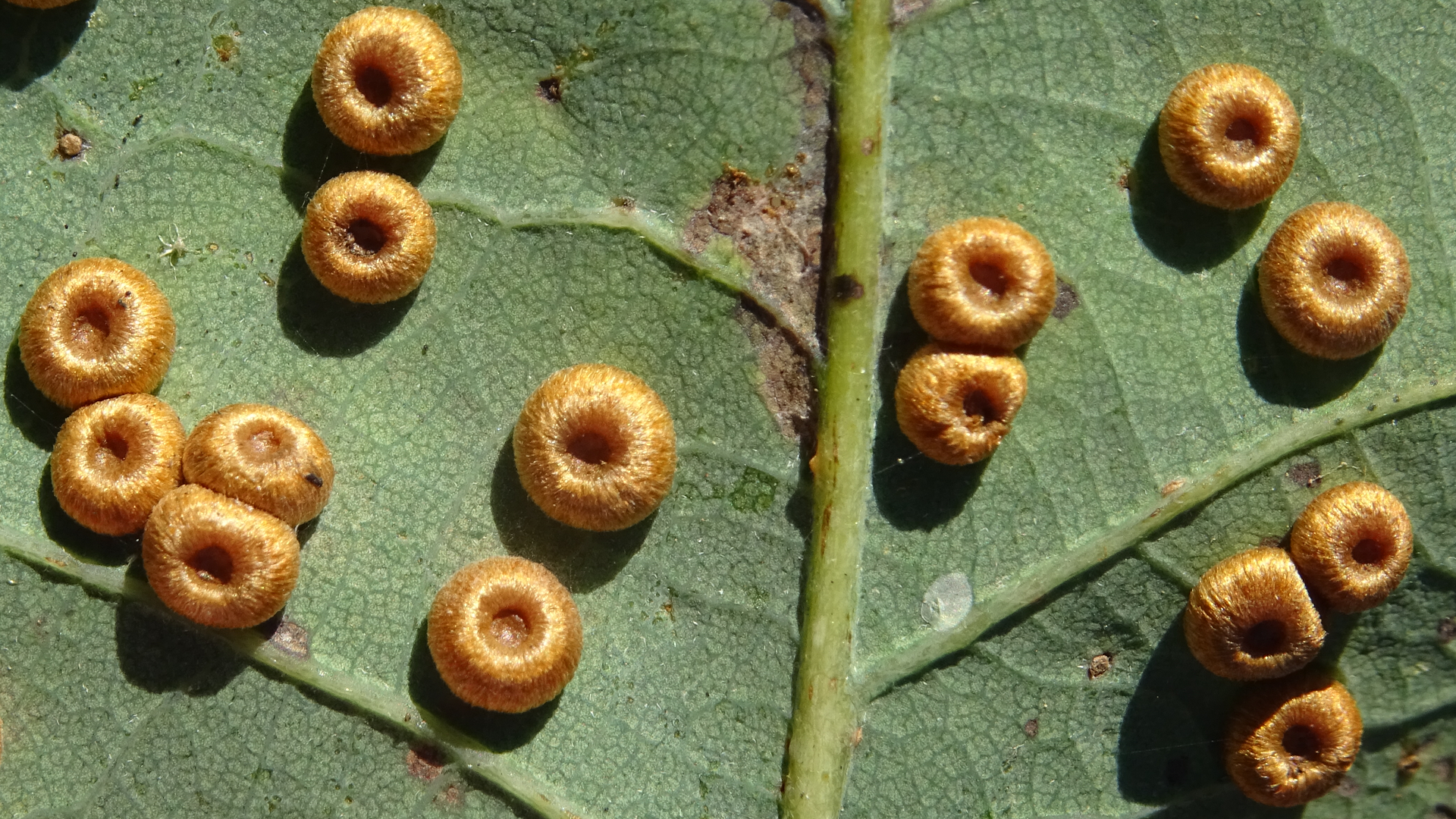
© Raymond Small TQ4693 15/09/2024
Neuroterus numismalis
The agamic generation of a gall wasp causes Silk Button Galls on the underside of Oak leaves. They are round, thick, with a deep central depression, looking similar in my opinion to miniature ring doughnuts up to 3mm across. They often appear in large numbers during autumn.
COMMON SPANGLE GALL
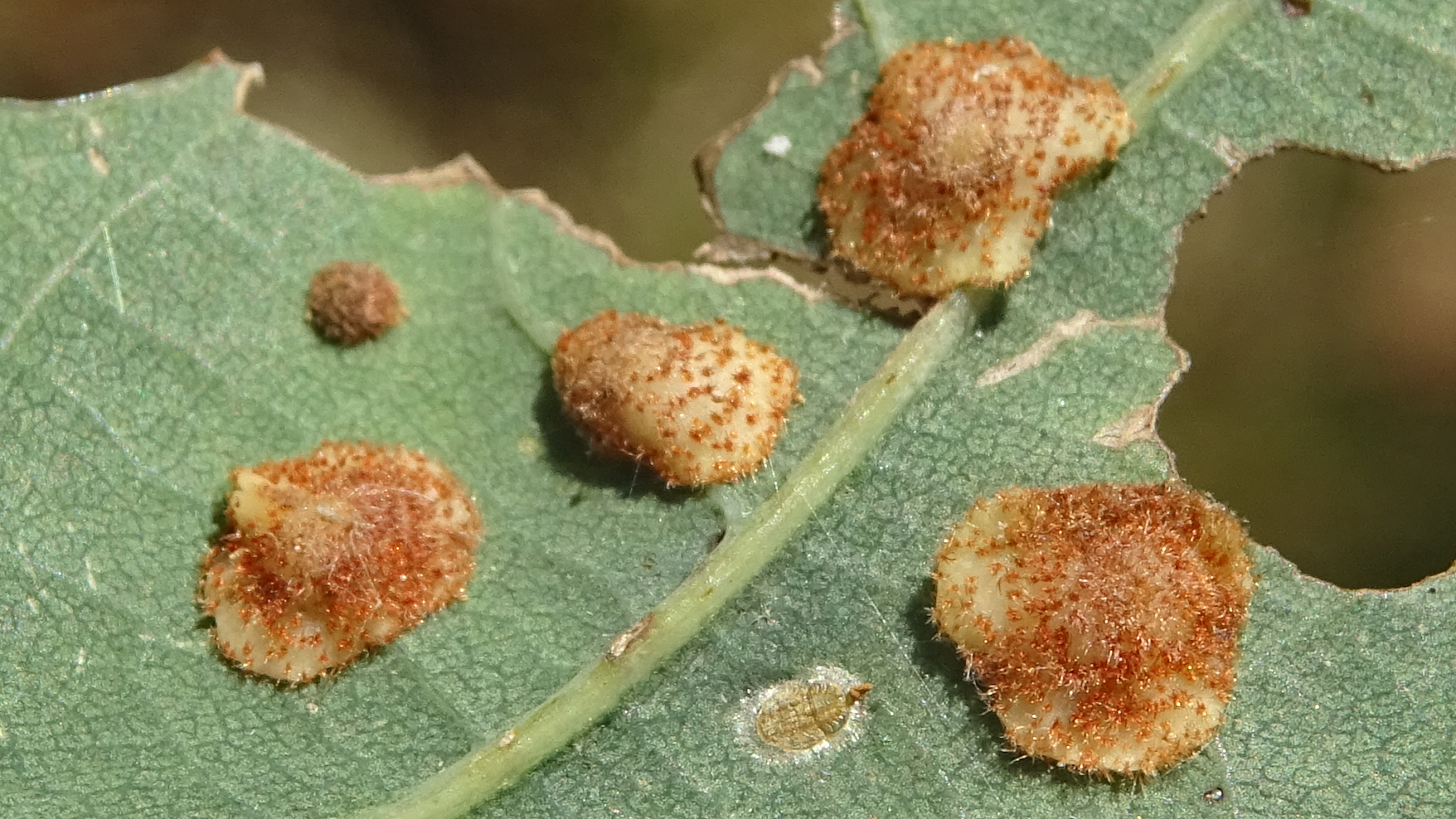
© Raymond Small TQ4693 15/09/2024
Neuroterus quercusbaccarum
Common Spangle Galls that appear on oak leaves are caused by the asexual generation of a gall wasp, the same species responsible for current galls. The disc-shaped galls are covered with tufts of reddish hairs. During autumn they fall from the leaf and the larvae overwinter in leaf litter.
THE LIGHTNING TREE
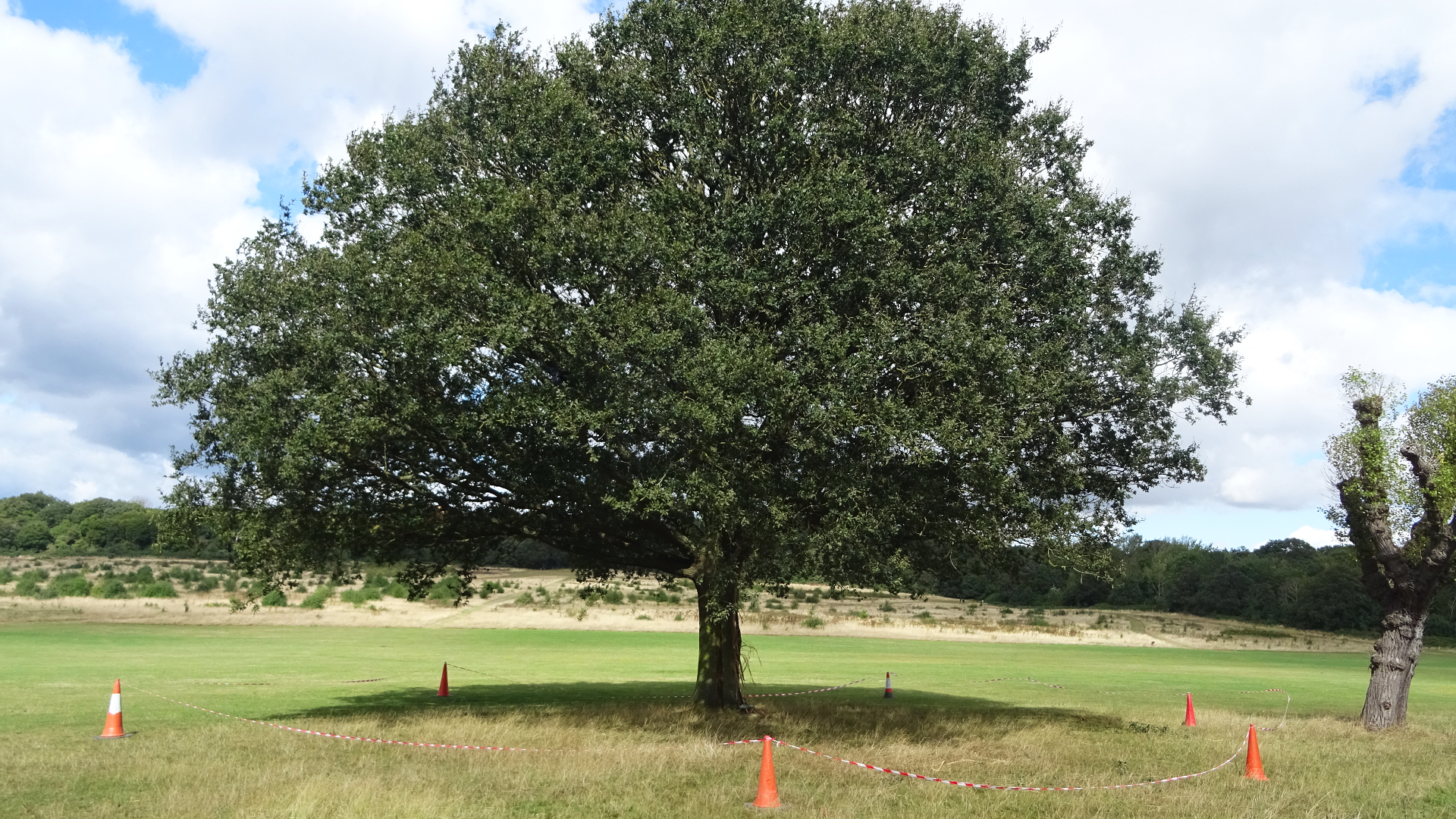
© Raymond Small TQ4792 11/09/2024
The Oak tree, near Foxburrow Barn, planted to commemorate the jubilee of the London County Council 1889-1939, was taped off for safety reasons following a violent storm that shook Hainault around 2am the previous weekend. Lightning is a discharge of electricity in the air caused when clouds accumulate an electrical charge and is why you should never stand under trees during a thunderstorm.
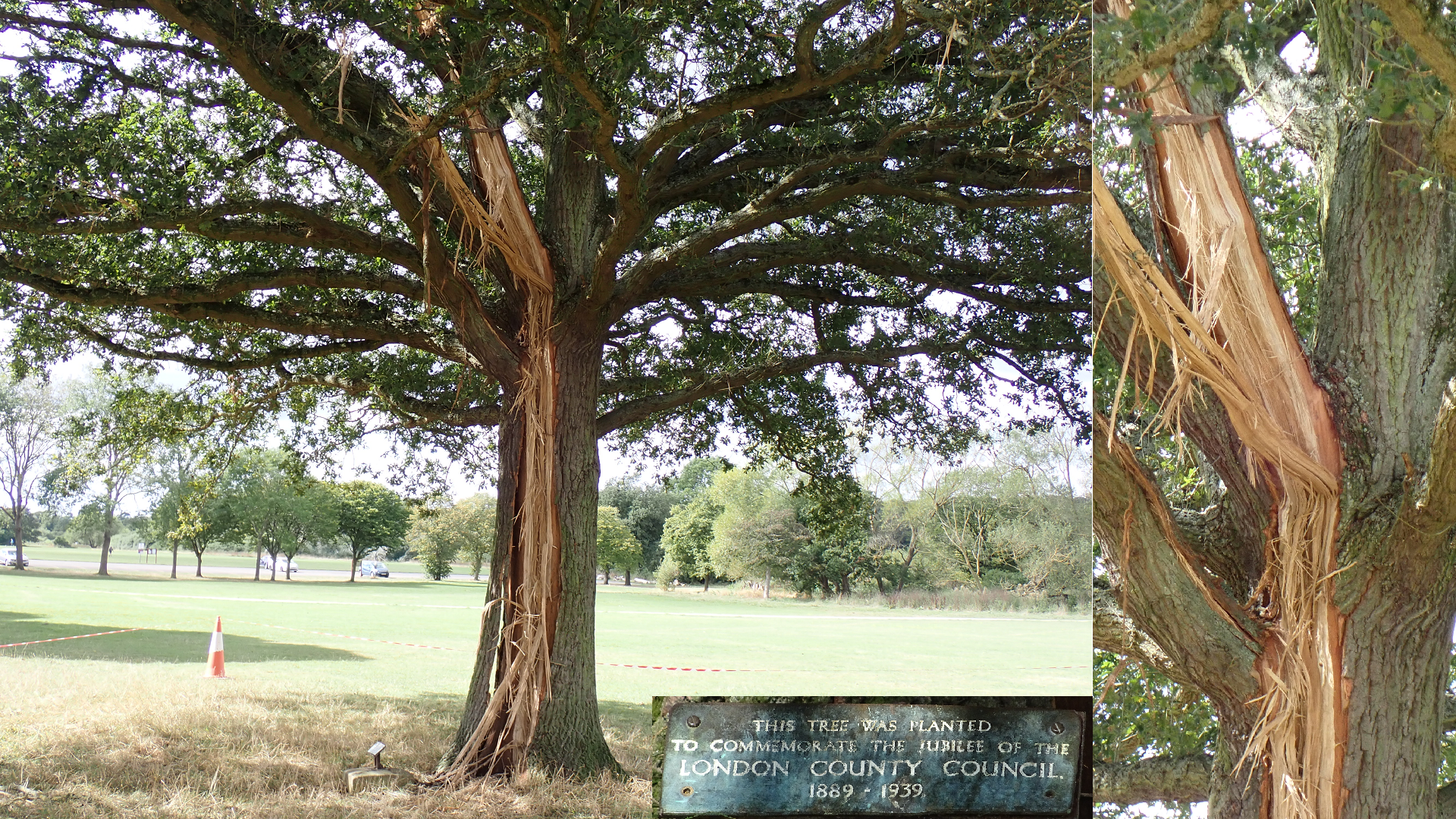
© Raymond Small TQ4792 11/09/2024
Lightning caused bark on this oak to be blown off in strips leaving a huge amount of splintered wood in its wake. If the electrical energy travels through the tree’s vascular system, roots can also be affected. Those of a certain age may remember the theme 'The Lightning Tree' by The Settlers' from the 1970s children's programme 'Follyfoot'.
WARNING: If you play this Youtube link you may not be able to get the tune out of your head for days!
CORRESPONDENCE
(Emails received this month)
As bird watchers and fishermen, my wife Brenda and myself have noticed a sharp decline in so many insects and birds while out and about. We recently lopped the hedge down that surrounds our small garden. Only sign of any life was one small bright green grasshopper and a single ladybird. While fishing, we are not getting bitten or bothered by any insects whatsoever. Years past we would have been covered in itchy bites. No need for insect repellent these days. Five recent visits to our favourite fishing lakes, not one swan seen. No moths around our outside lights these days either. All very concerning. David Hale.
Yes isn't it strange with the swans as there used to be plenty of them. Don't like the look of Dead Molls fingers. Looks like some horrible disease. Sandra Meekings
Your photos are excellent, it's so interesting to see what is living at Hainault! I have just returned from Brittany and was excited to see a Jersey Tiger, I'll keep my eyes peeled when I next visit Hainault!
Amanda Brookes
Spotted by my Daughter in Southend early today (8/9/24) - Eurasian Hoopoe - Michael Trump Thank you for sharing the movie. A Hoopoe was spotted in Hainault Forest by ornithologist Mike Dennis in 2003, but there have been no other sightings of this rare vagrant here as far as is known.
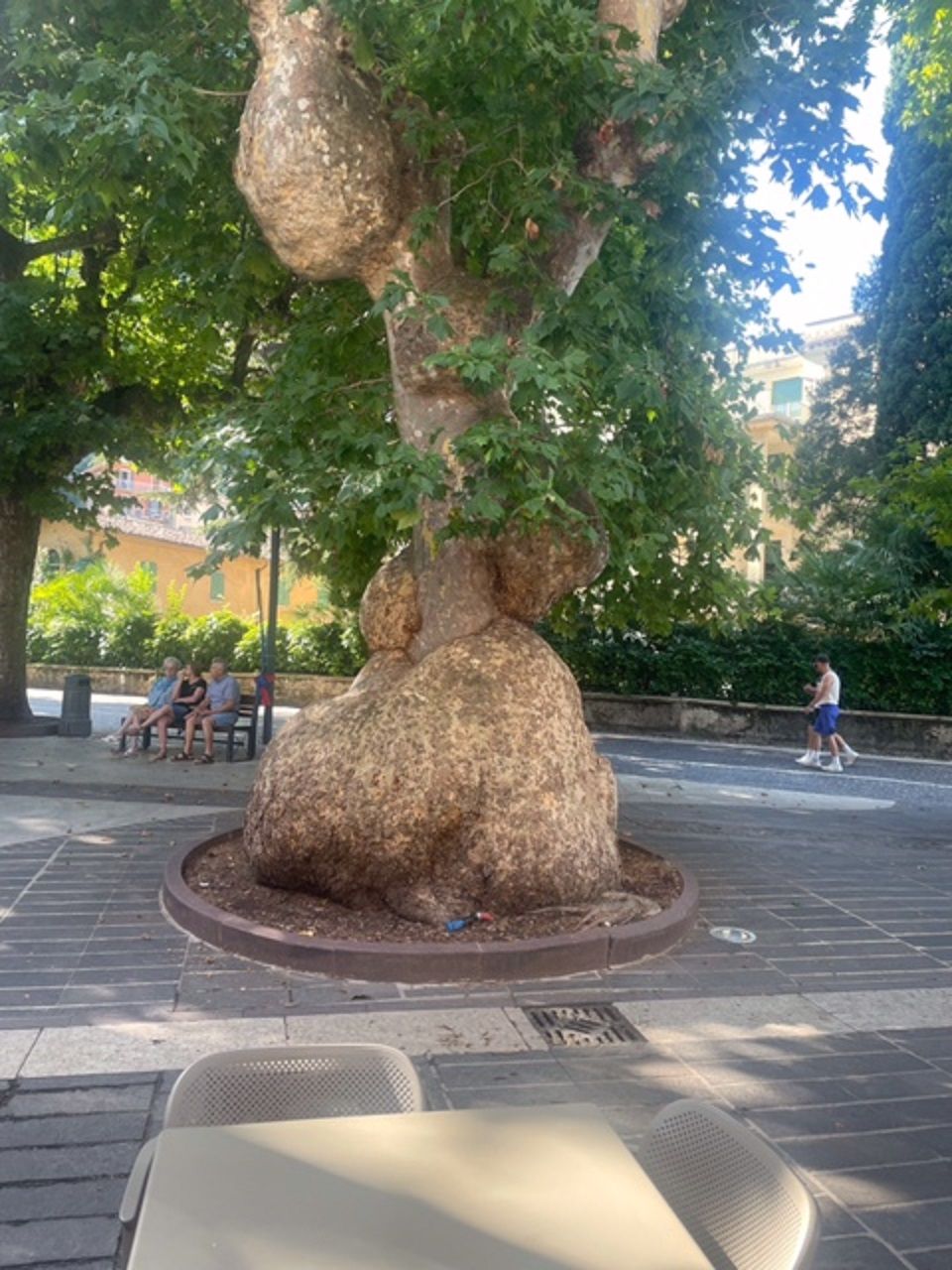
Linda Ljubojev saw this bulbous tree in Italy and asked if it could be identified.
A Google image search found this actual tree on a website which identified it as a London Plane Platanus × hispanica.
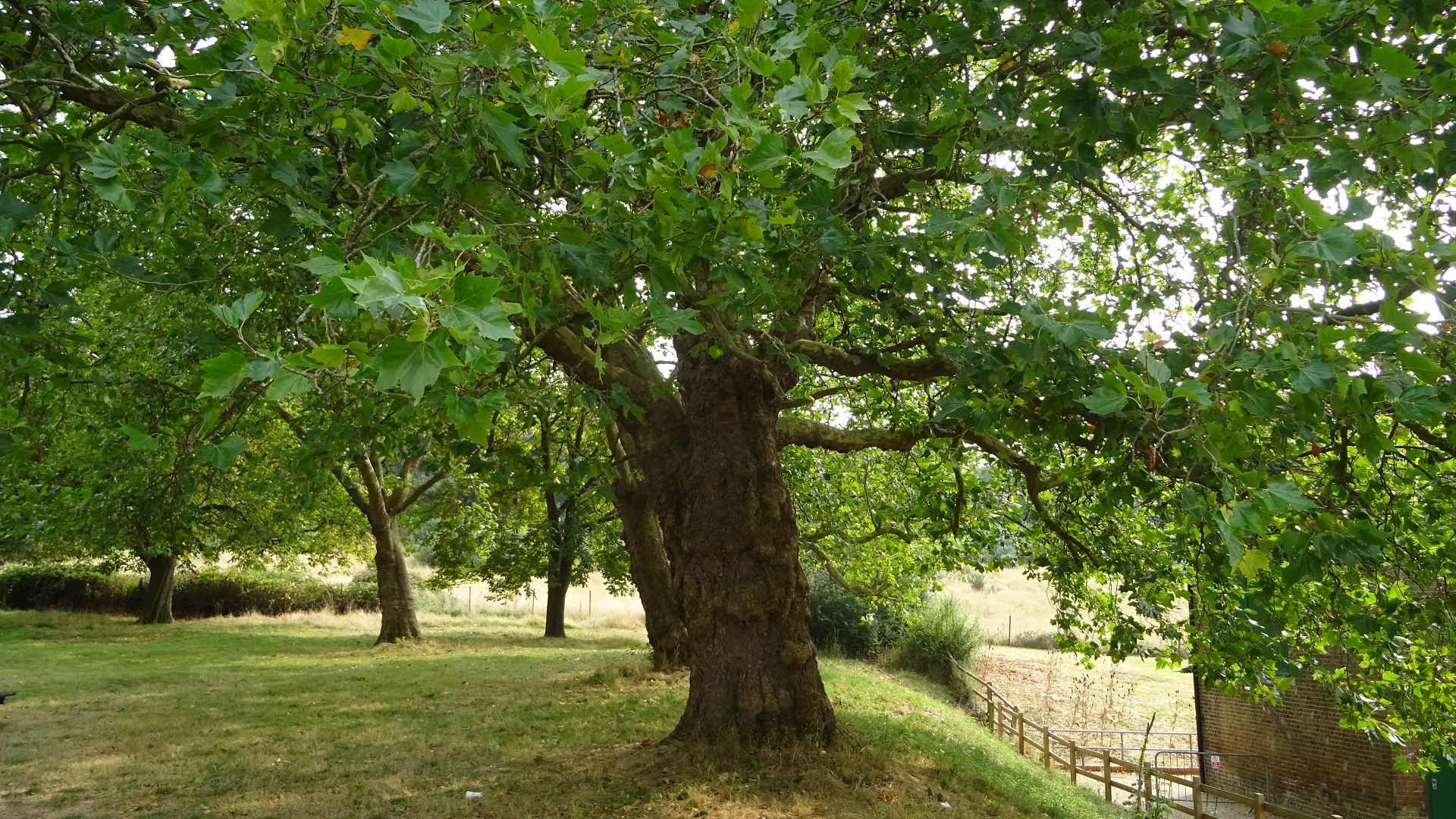
A more normal-looking London Plane tree in the picnic area near Foxburrow Barn.
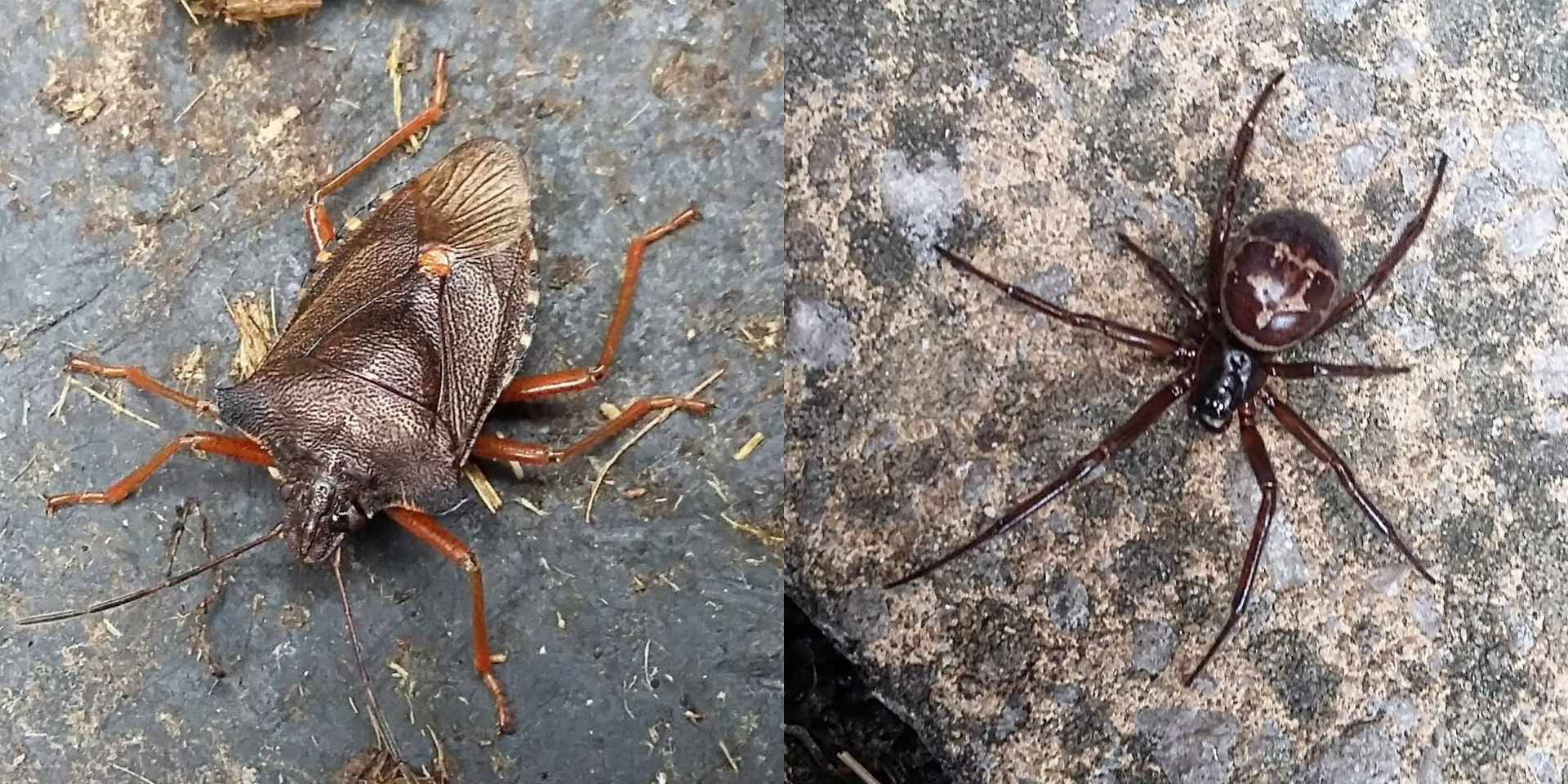
I found this bug in Foxburrow Farm today and the spider was in my garden. Think the bug is called a Forest Shield Bug and the spider is a False Widow. Debi H Also known as the Red-legged Shield Bug, very common on oak trees. False Widows are sometimes found under window sills in this area.
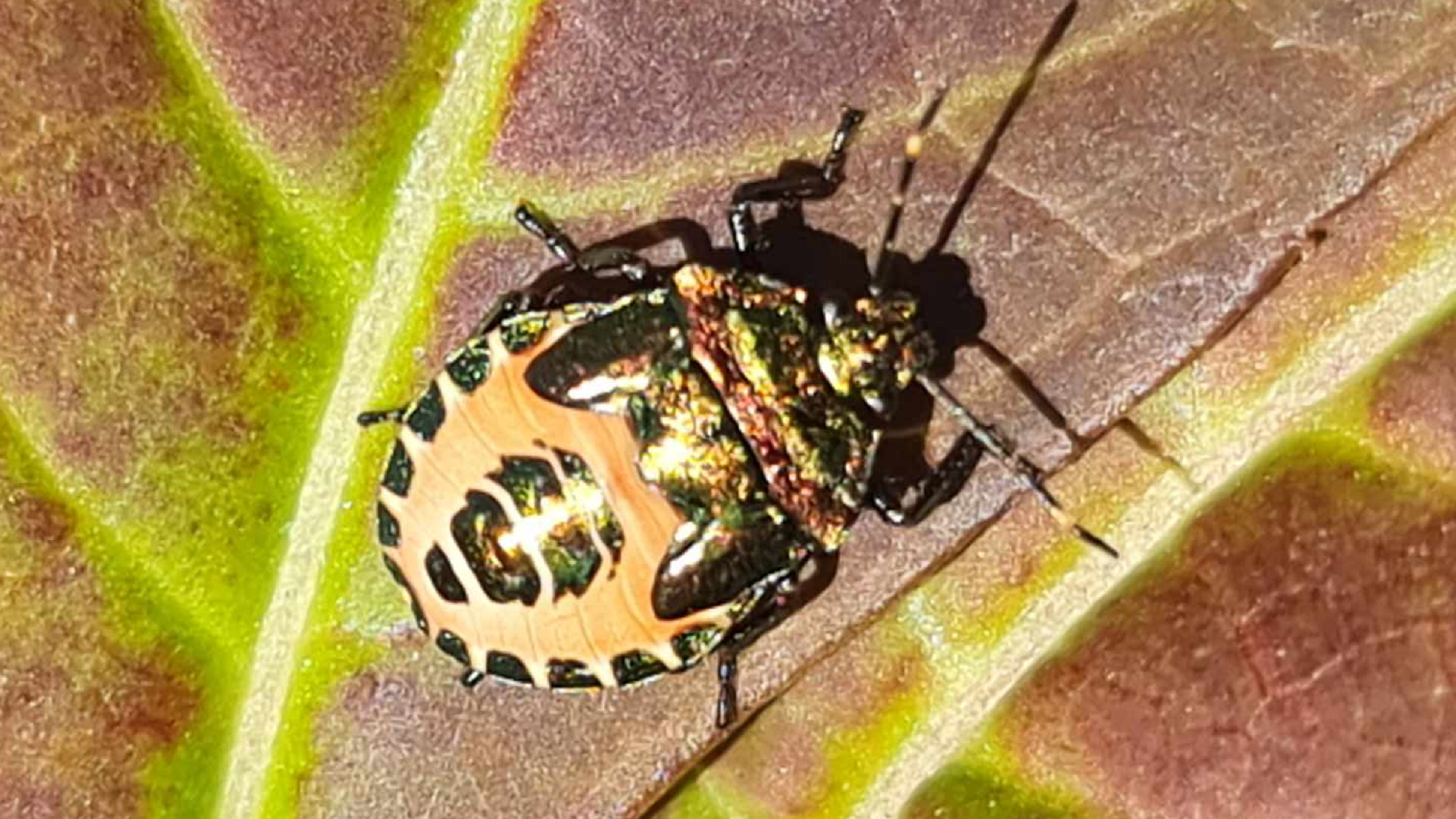
This bug looked golden in the sun. Found in my garden... so beautiful. Rosemarie Khan. That is the instar of Bronze Shieldbug, the earlier stages are a lot prettier than the adults.
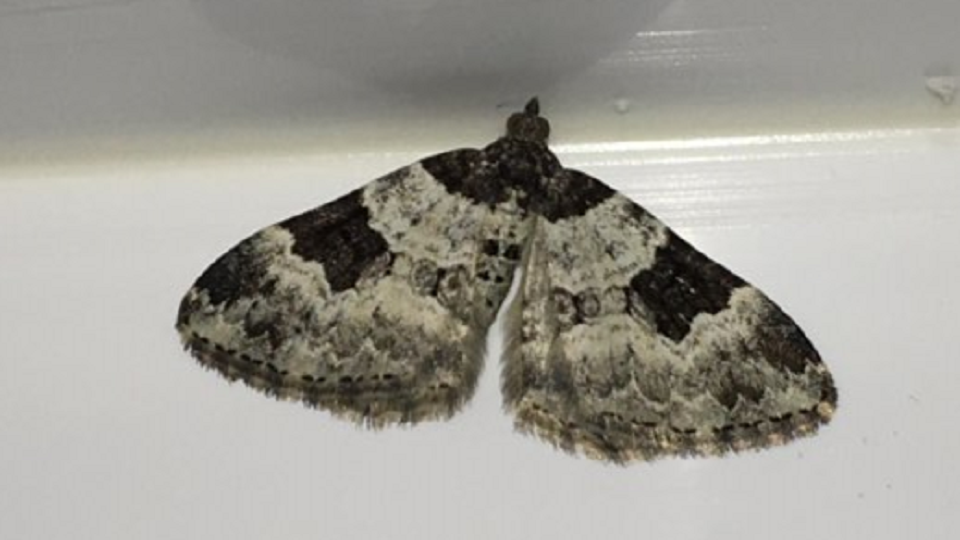
Just had this in my bathroom Michael Trump. That is a Garden Carpet, a moth with a preference for suburban habitats, but can be found almost anywhere - even bathrooms!
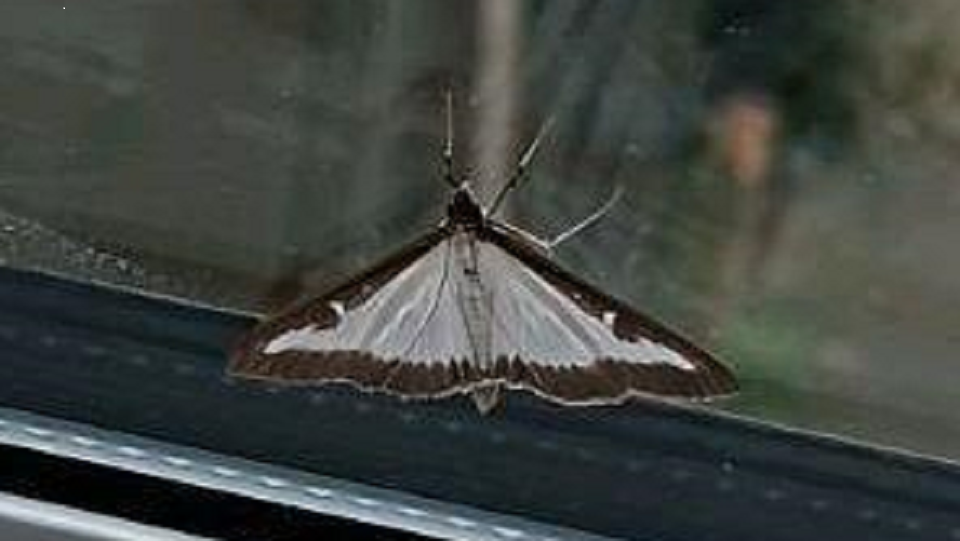
What is it? Janet Galpin. A Box-tree Moth, first recorded in Britain during 2007, but now spreading fast across Britain.
STRAYING FROM THE PATH
Sometimes it is nice to see what other local nature reserves have to offer...
GIANT REDWOOD
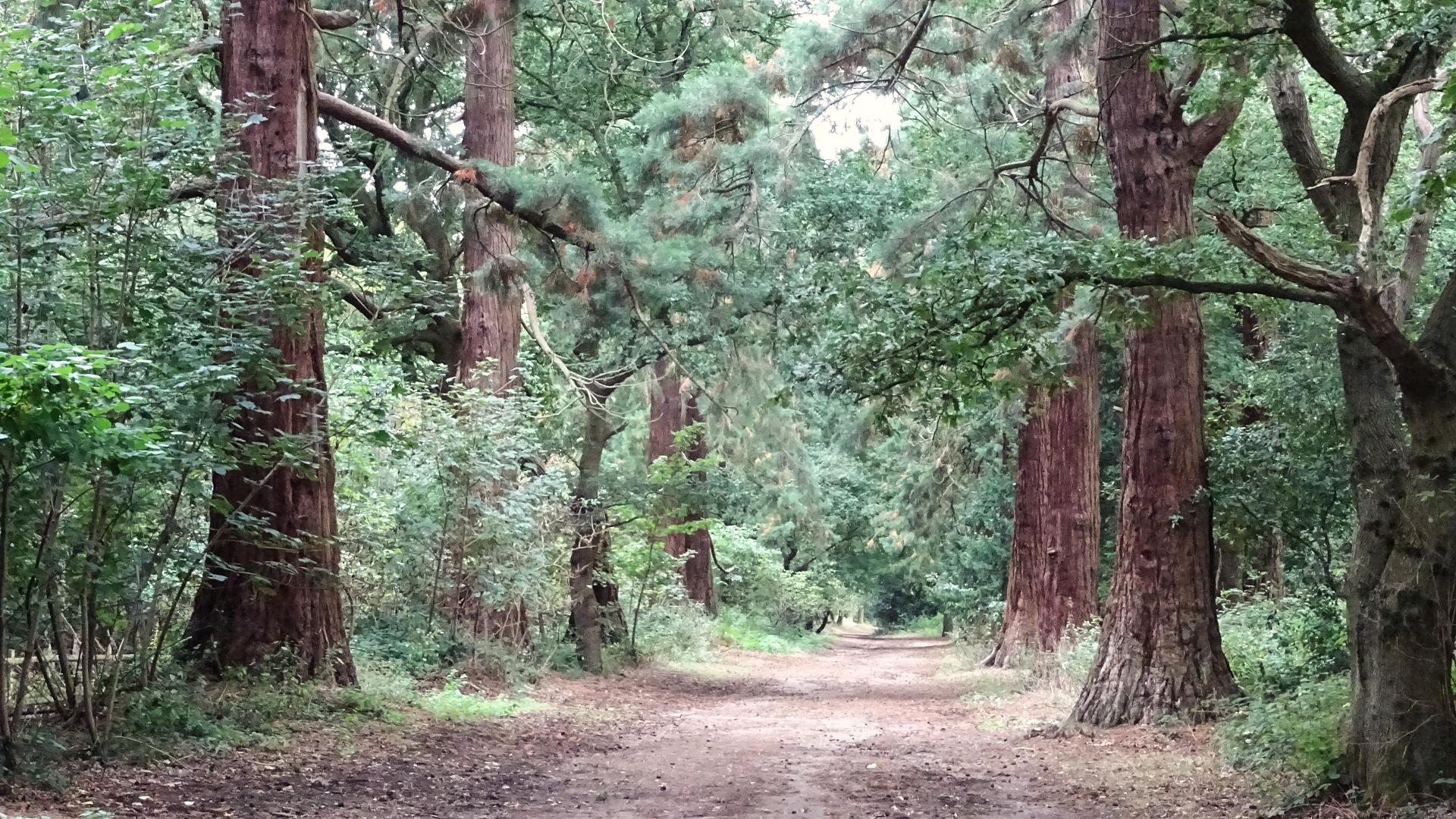
© Raymond Small Havering Country Park 10/09/2024
Havering Country Park covers ground that once formed part of an estate belonging to a medieval Royal Palace. William the Conqueror became its first royal resident in 1066. During the mid-eighteenth century a thoroughfare, now known as Wellingtonia Avenue, was lined with one hundred Giant Redwood trees. It is currently the second largest plantation of Giant Redwood in Britain. The trees, also known as Giant Sequoia, can reach a height of 90 metres when fully grown. Many were imported into Britain and planted on country estates after their discovery during the Californian Gold Rush of 1850. The trees are also called 'Wellingtonia' in honour of the Duke of Wellington.
RED DEER

© Raymond Small Bedfords Park 10/09/2024
Bedfords Park contains Red Deer, a species you won't find in Hainault Forest. Red Deer are Britain's largest native land mammal. They were introduced to Bedford's Park in the 1930s when the park opened up to the public. They are kept in an enclosure, unlike Fallow and Muntjac that can be found roaming free.
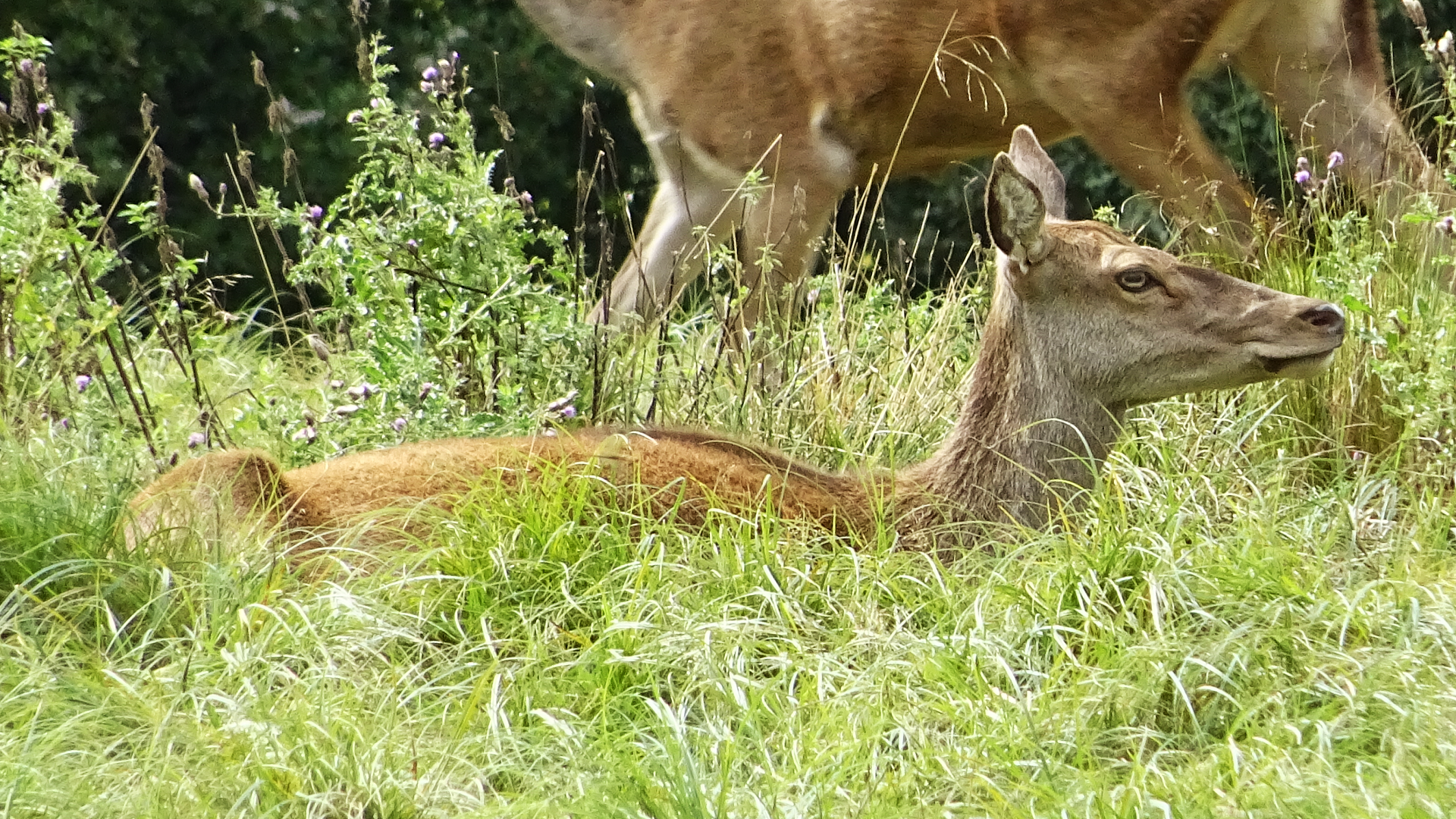
© Raymond Small Bedfords Park 10/09/2024
Calves are born in May and June. They are brown with white spots. Hinds often hide their calves in the long grass.
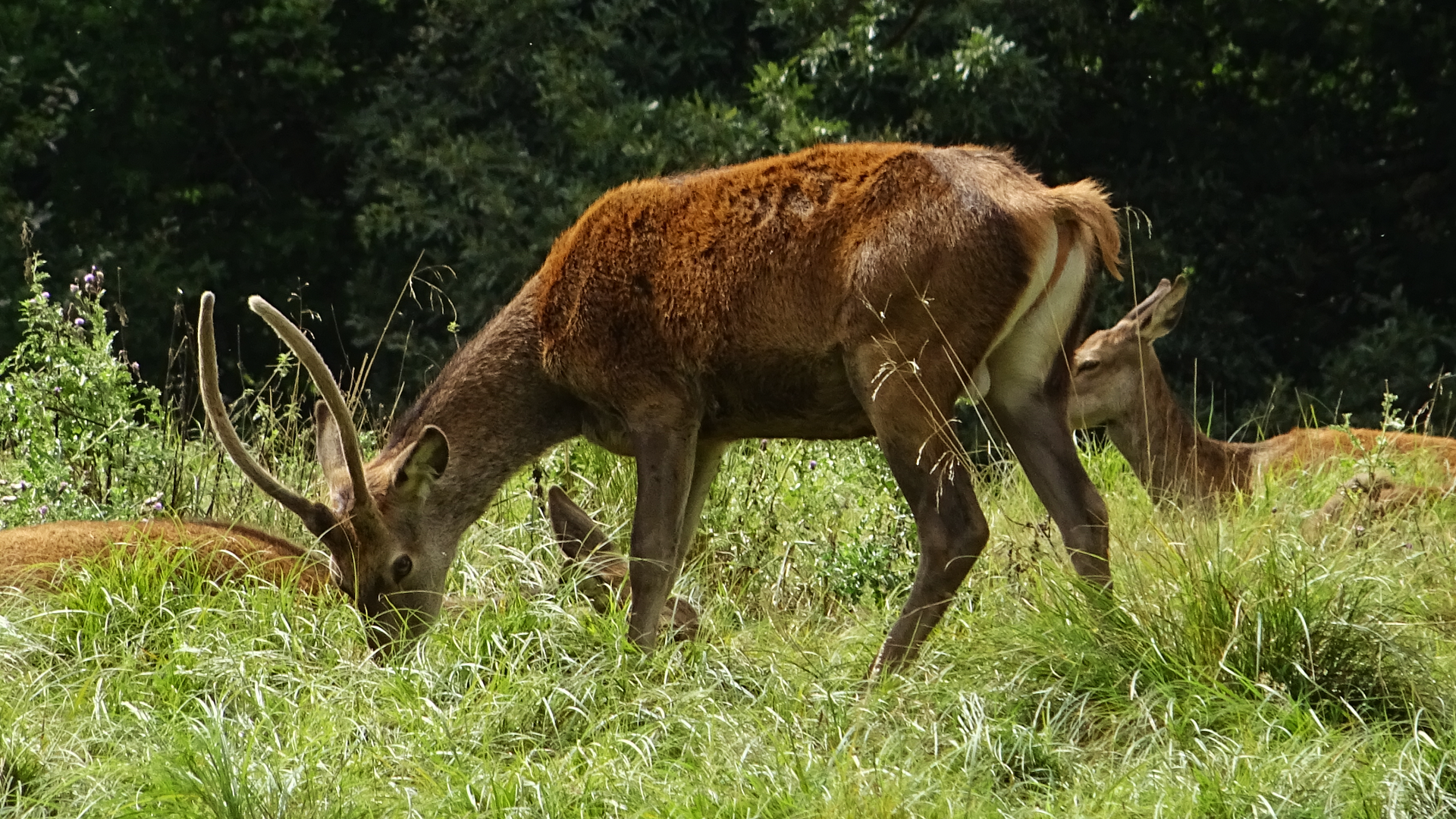
© Raymond Small Bedfords Park 10/09/2024
When a stag is about 5 years old it is considered to be in its prime and his antlers will be well developed. A young stag's antlers are just small spikes, but by two years the antlers begin to develop branches.
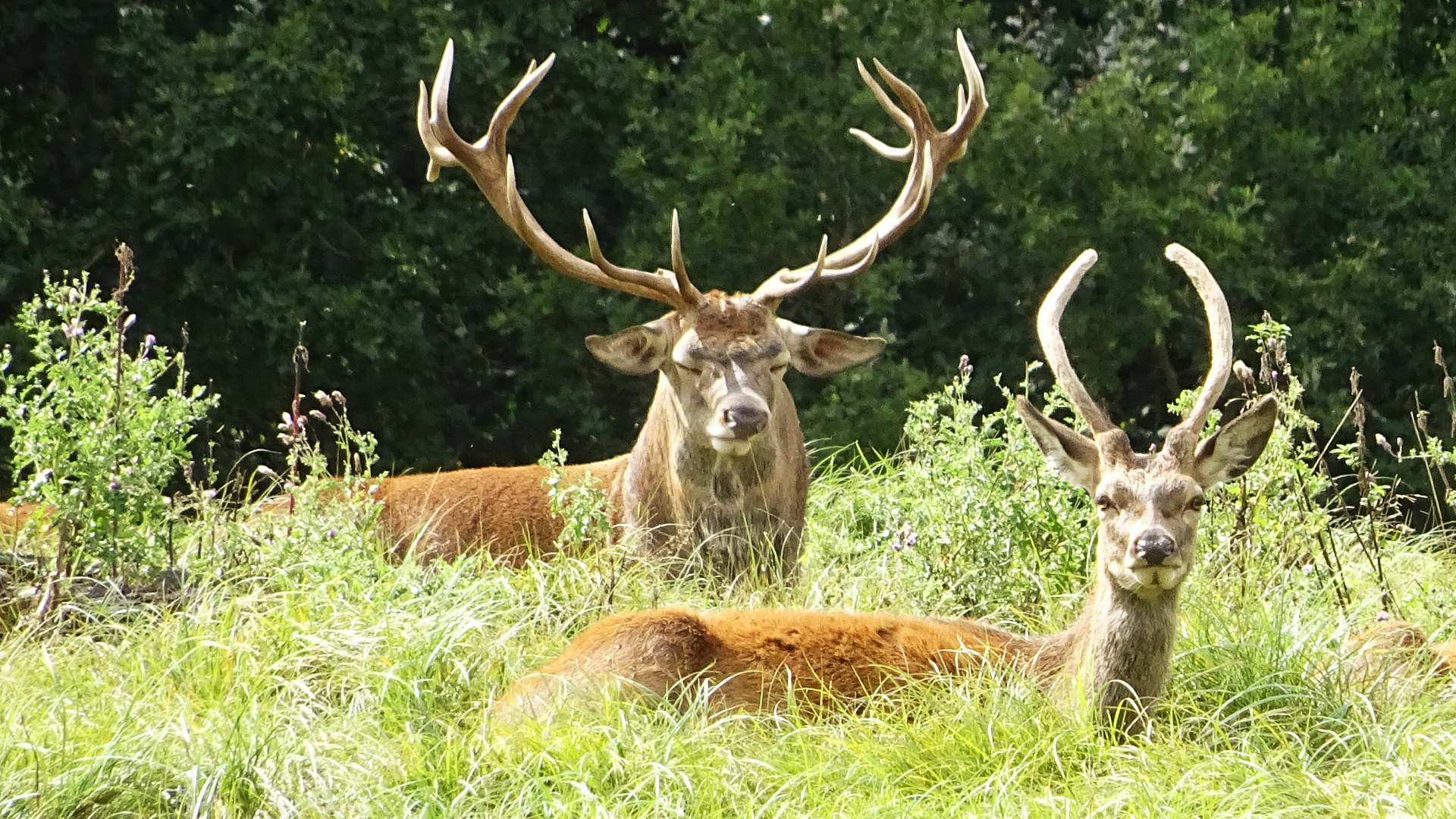
© Raymond Small Bedfords Park 10/09/2024
Stags renew their antlers every year. Points known as 'tines' are added every time a new set of antlers is grown. A full set of 12 or more tines is known as a 'royal'. When the new antlers are growing they are covered in velvet which assists bone growth. Stags remove the velvet when the antlers are fully grown by rubbing them against trees, The rutting season occurs during autumn, this is the time when stags establish their dominance and protect their harem. They clash head to head with other stags and make deep bellowing noises. During the Rut, a stag will often wallow in mud to spread his scent all over his body,
Thank you to everyone that has sent pictures, emails, information and identifications.


